Carnivores Animals


African Lion
Lions rest up to 20 hours a day to stay sharp for powerful hunts—fast, fierce, and night-ready.
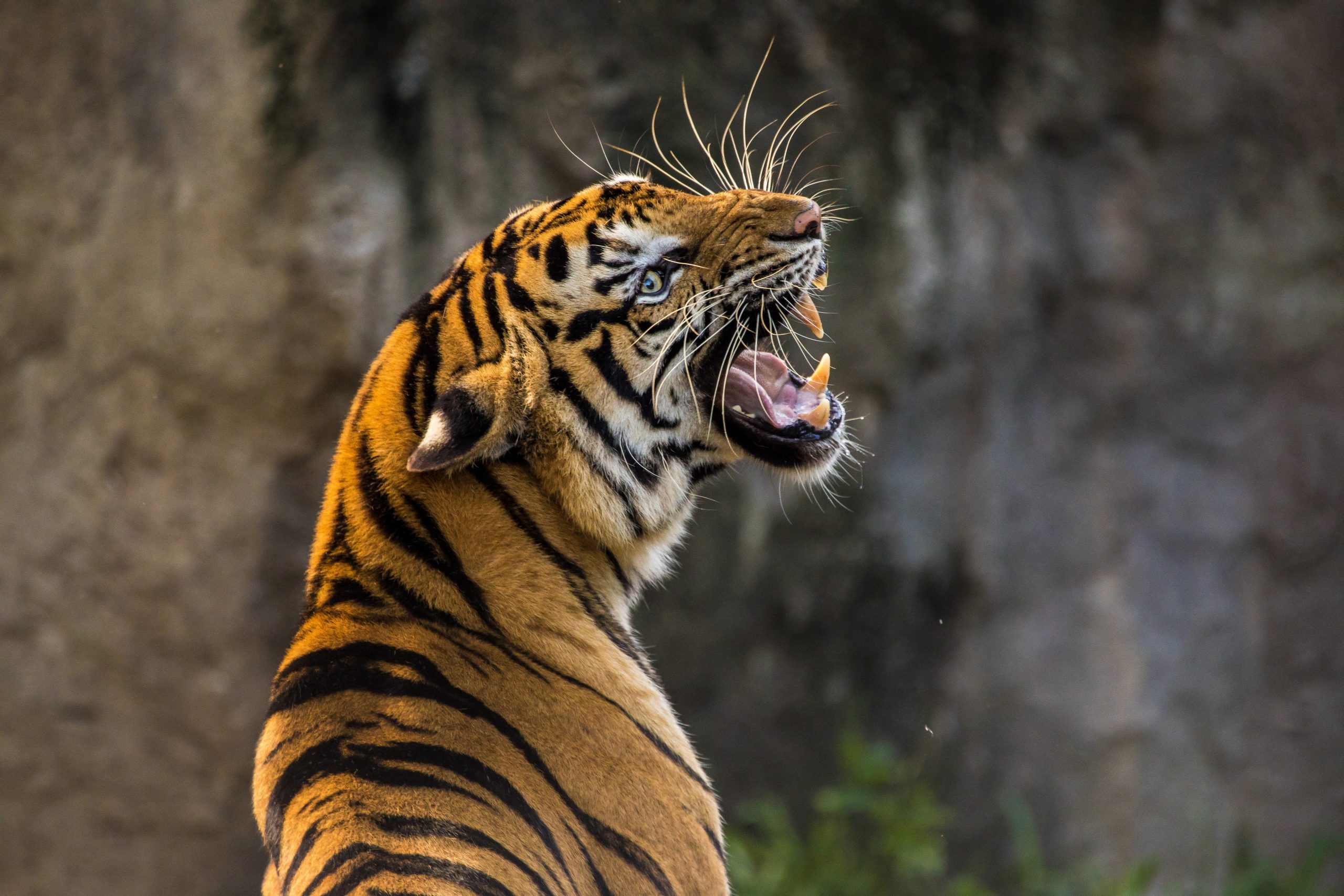
Siberian Tiger
The Siberian tiger is the world’s largest cat, built for icy forests and marked by unique, bold stripes.
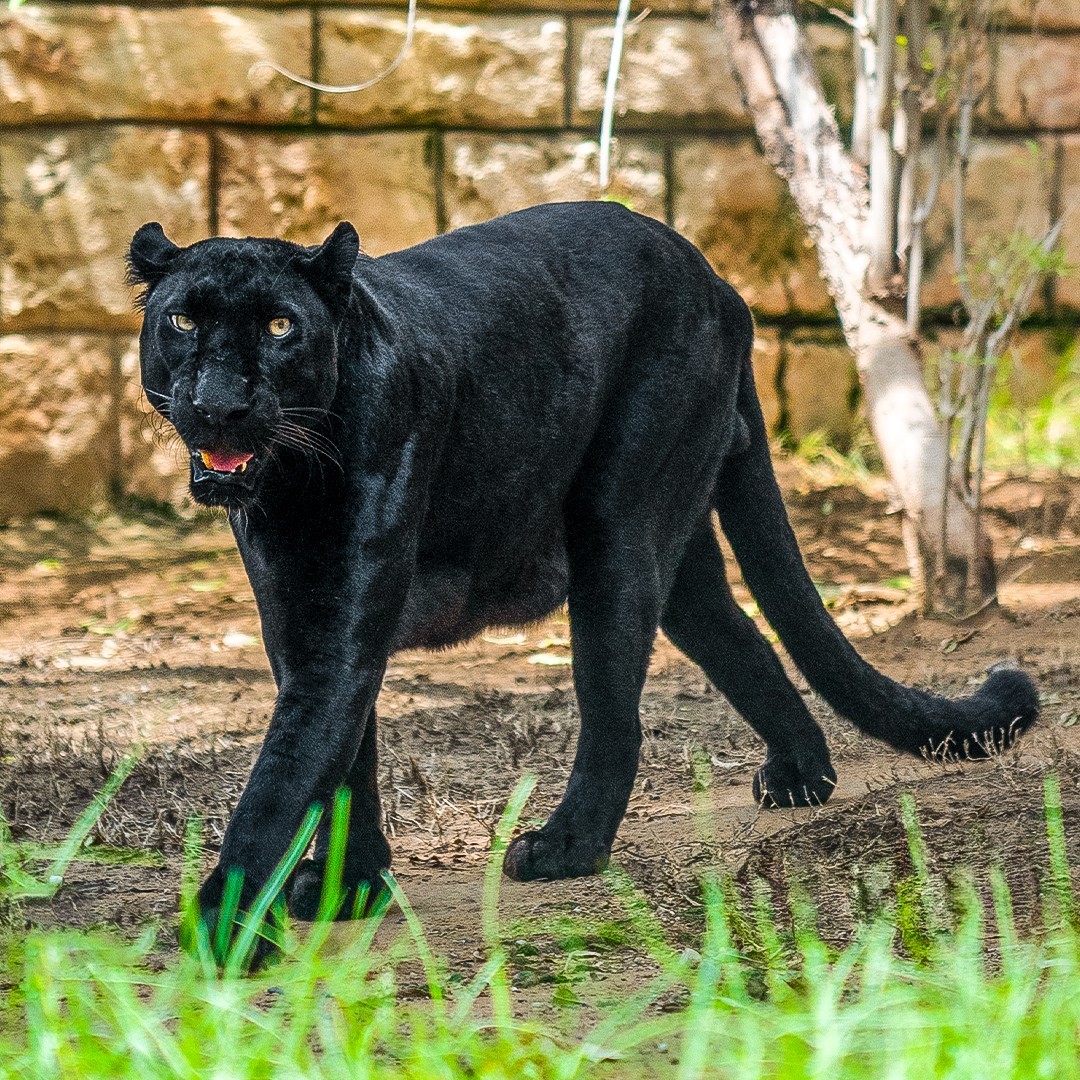
Black Jaguar
The Jaguar is a large member of the Big Cat Family, native to Asia, Africa and the Americas.
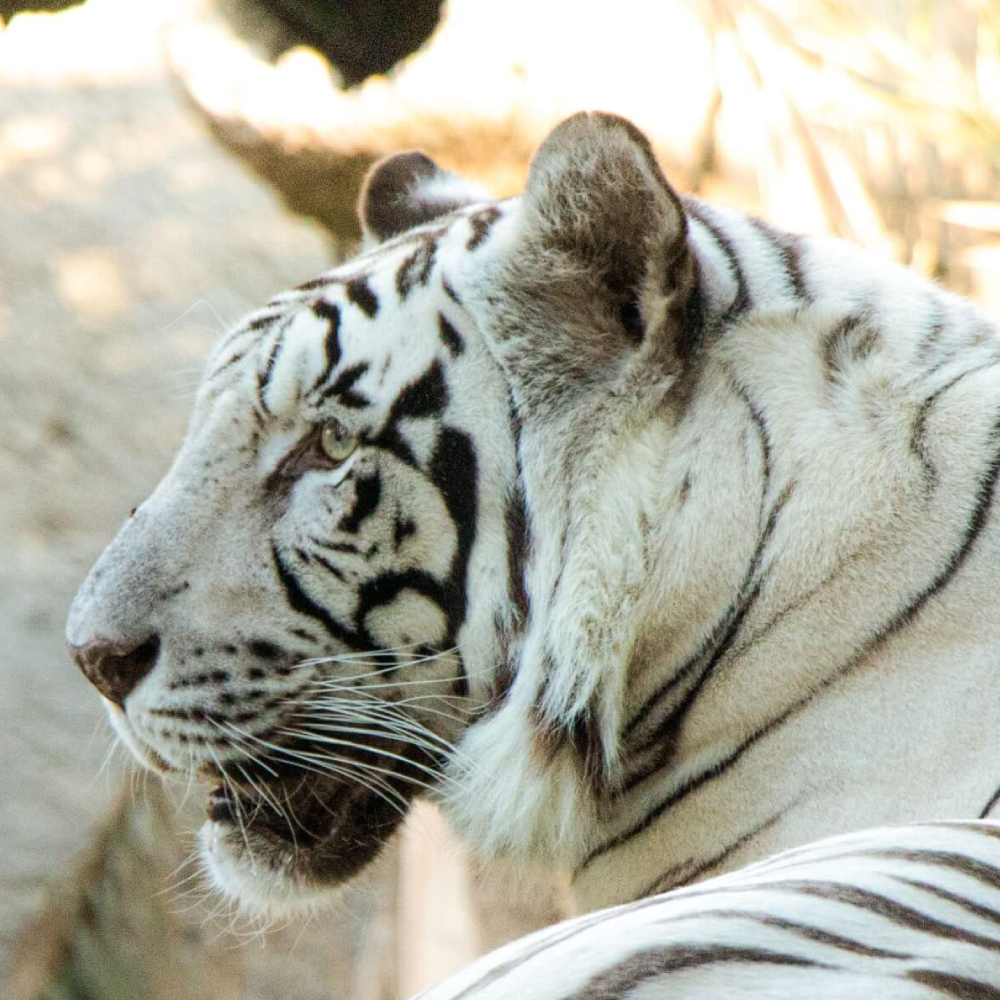
Indian Leopard
Indian leopards are highly adaptable and can be found in a variety of habitats, including forests, grasslands, deserts, and even near urban areas.

Indian Leopard
Indian leopards are highly adaptable and can be found in a variety of habitats, including forests, grasslands, deserts, and even near urban areas.
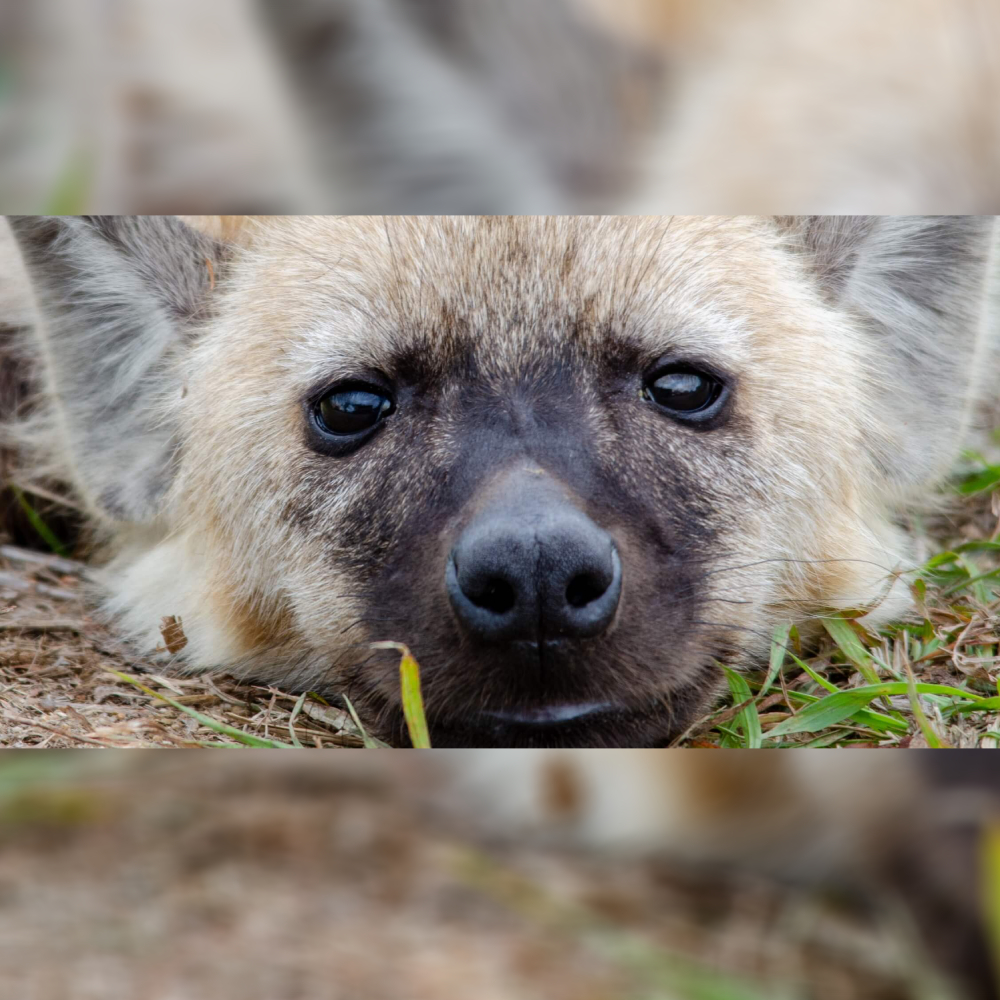
Spotted Hyena
Hyenas are known for their distinctive laugh, which they use to communicate with other members of their clan.

Eurasian Brown Bear
Found in northern Eurasia. The Eurasian bear has a rich, and very thick, coat. The hair of this coat can grow up to five inches long.
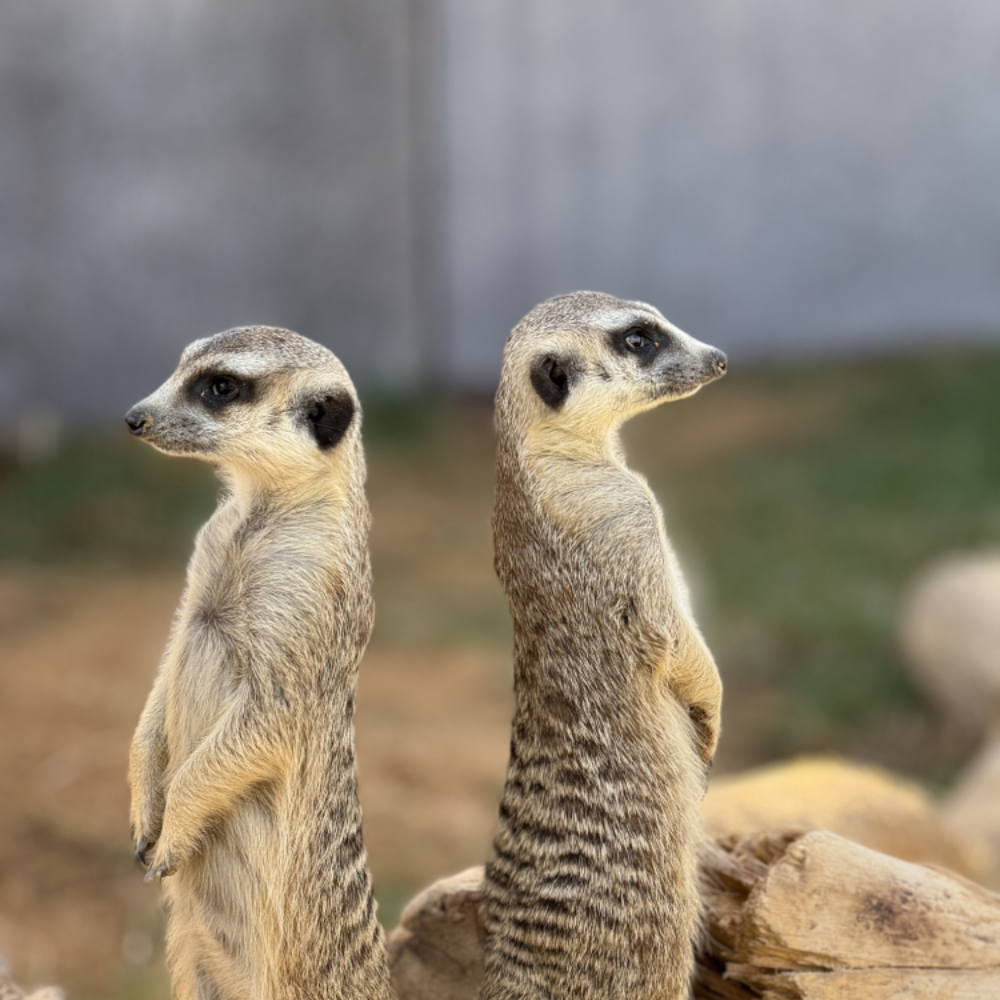
Meerkats
Meerkats are social animals that live in large communities of up to 30 members, called a gang or mobs.
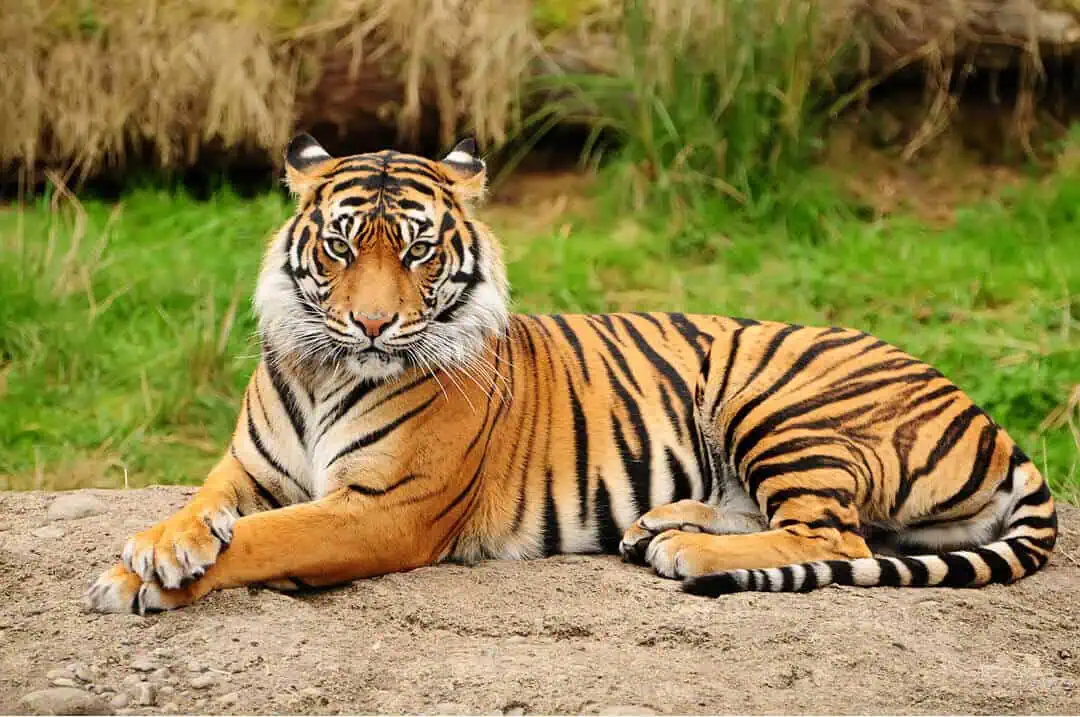
Bengal Tiger
Found in northern Eurasia. The Eurasian bear has a rich, and very thick, coat. The hair of this coat can grow up to five inches long.
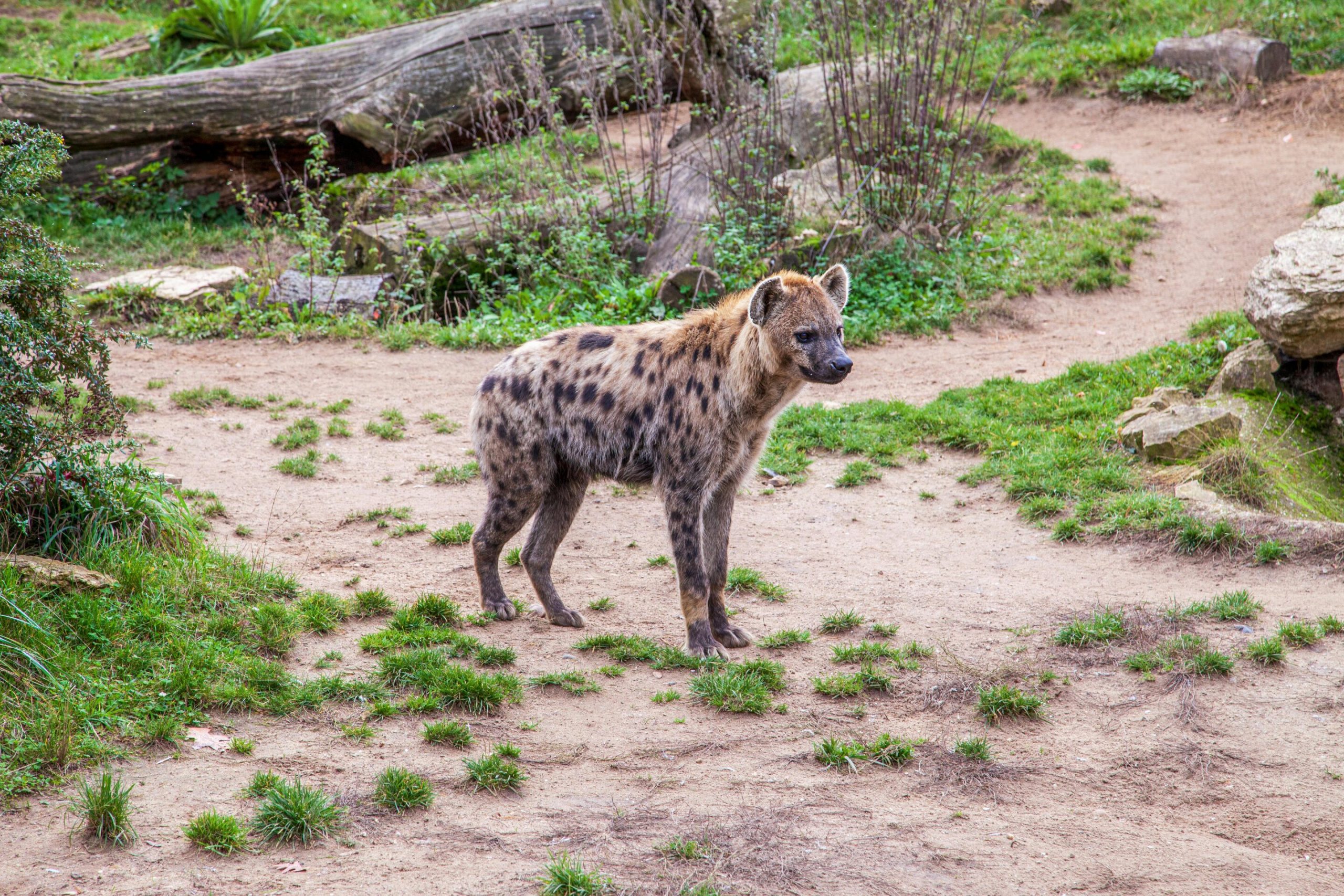
Spotted Hyena
Spotted hyenas have one of the strongest bite forces among mammals, capable of crushing bones with a pressure of 1,100 psi (pounds per square inch)
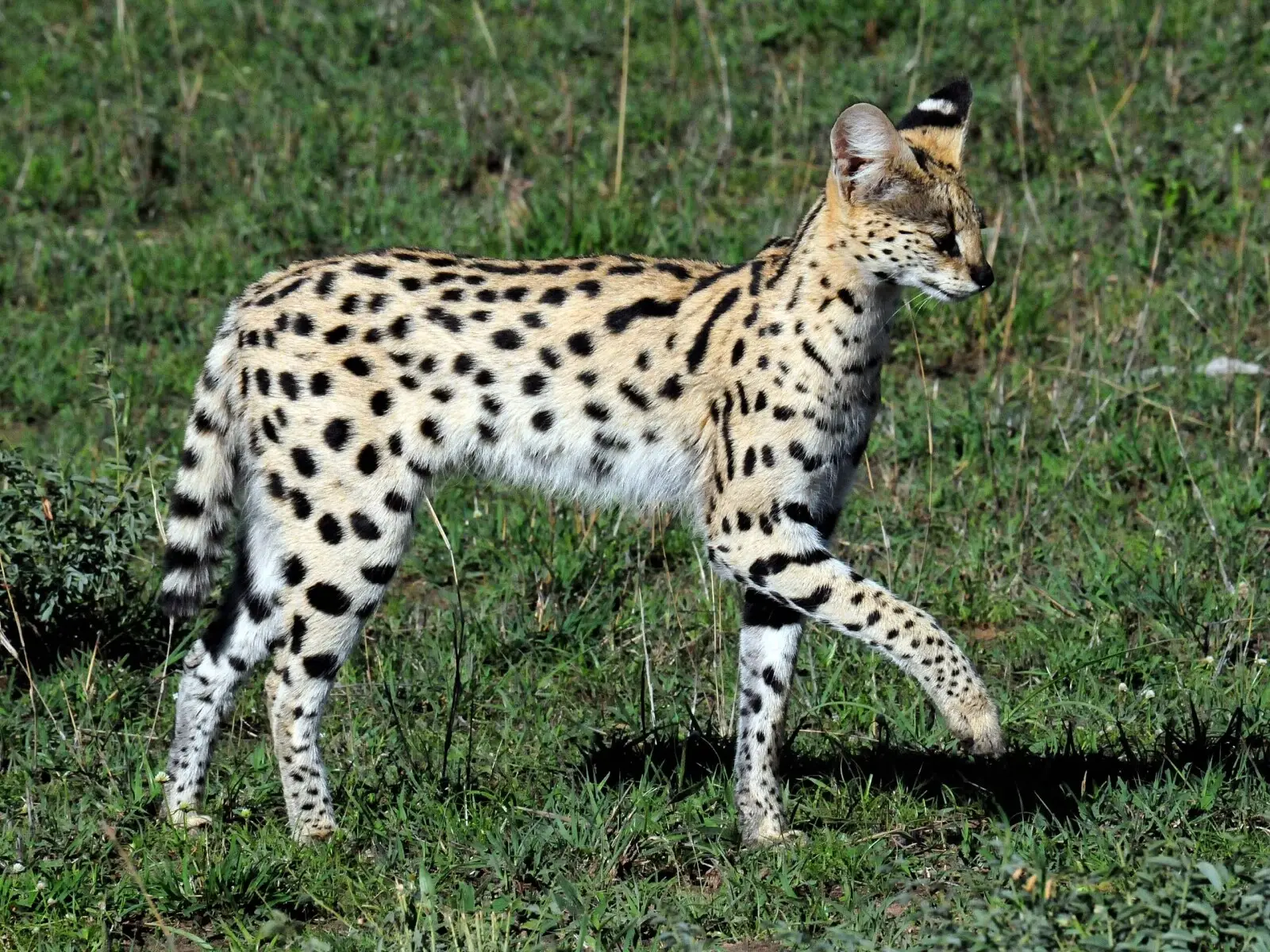
Siberian Tiger
Servals have exceptional hearing, thanks to their large, dish-shaped ears, which allow them to detect the slightest movements of prey, even underground! They can rotate their ears independently to pinpoint sounds with incredible accuracy.

Ocelot
A fun fact about ocelots: These small wild cats have a beautifully patterned coat that helps them blend into dense forests. Each ocelot's pattern is unique, just like a human fingerprint!
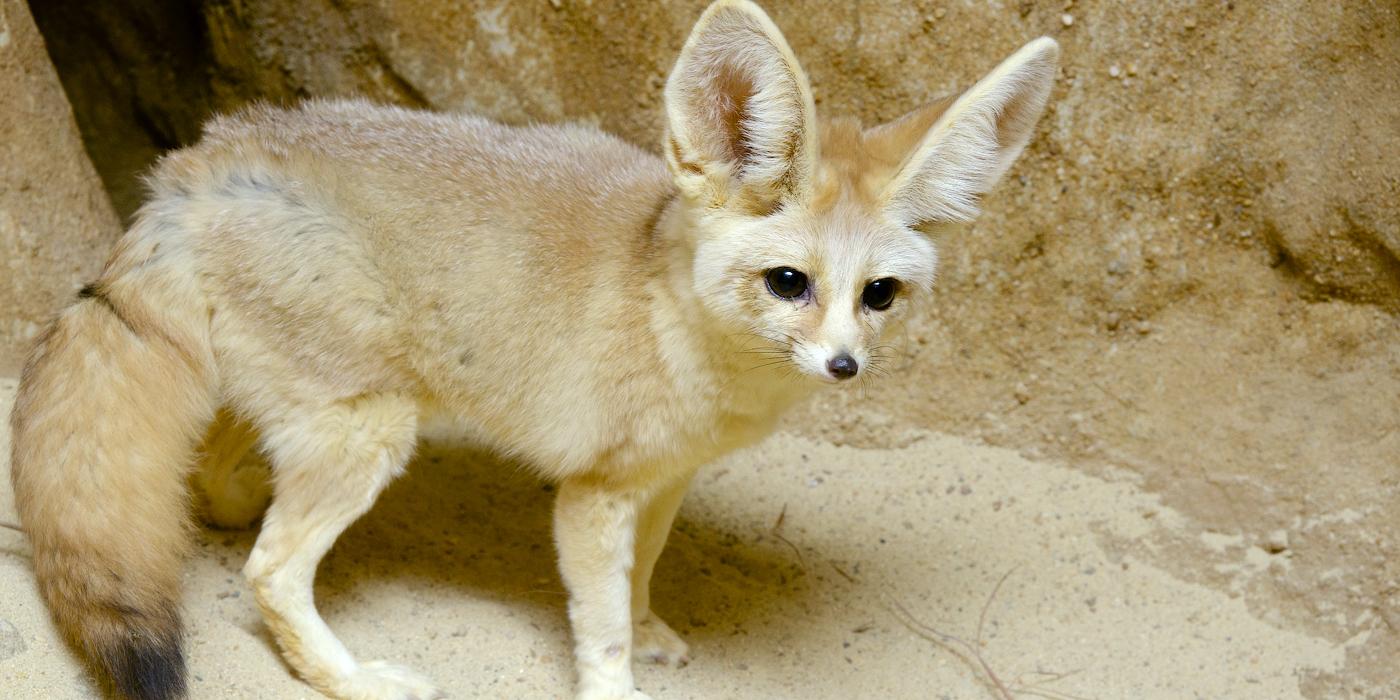
Sand Fox
A fun fact about the sand fox (Rüppell's fox): These small desert foxes have thick fur on their paw pads, which helps them walk on hot sand without burning their feet!
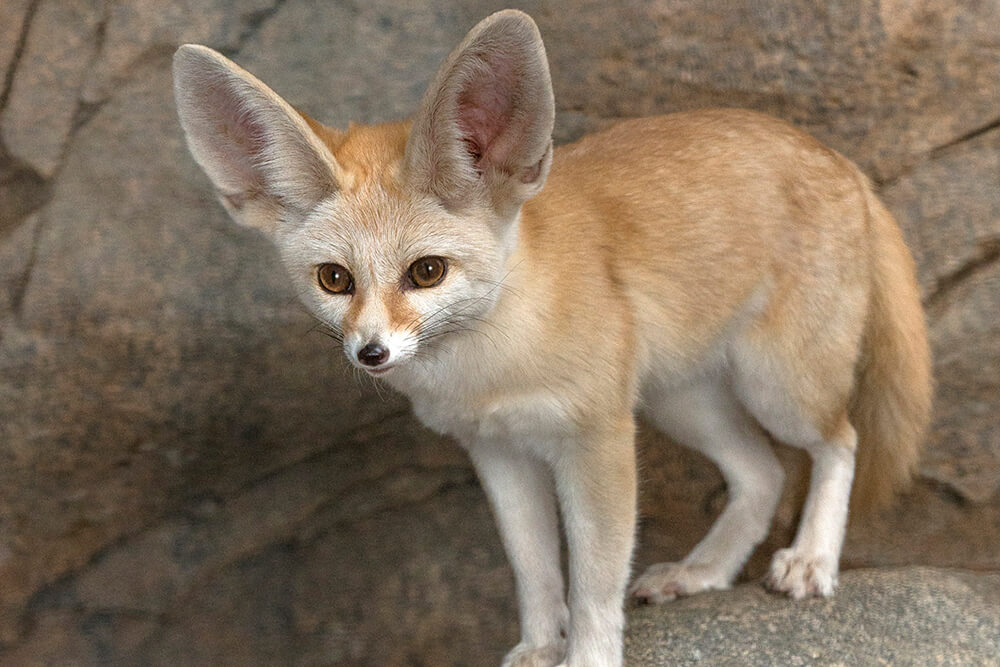
Fennec Fox
A fun fact about the fennec fox: Known for its giant ears, the fennec fox uses them to regulate its body temperature in the harsh desert heat. The ears help dissipate heat and keep the fox cool!

Spotted Hyena
Hyenas are known for their distinctive laugh, which they use to communicate with other members of their clan.

Striped Skunk
A fascinating fact about the Striped Skunk (Mephitis mephitis) is that it has highly effective defensive spray glands capable of shooting a foul-smelling liquid up to 10 feet (3 meters).

Arabian Fox
The Arabian Fox (Vulpes vulpes arabica), a subspecies of the Red Fox, is adapted to the harsh desert environments of the Arabian Peninsula.
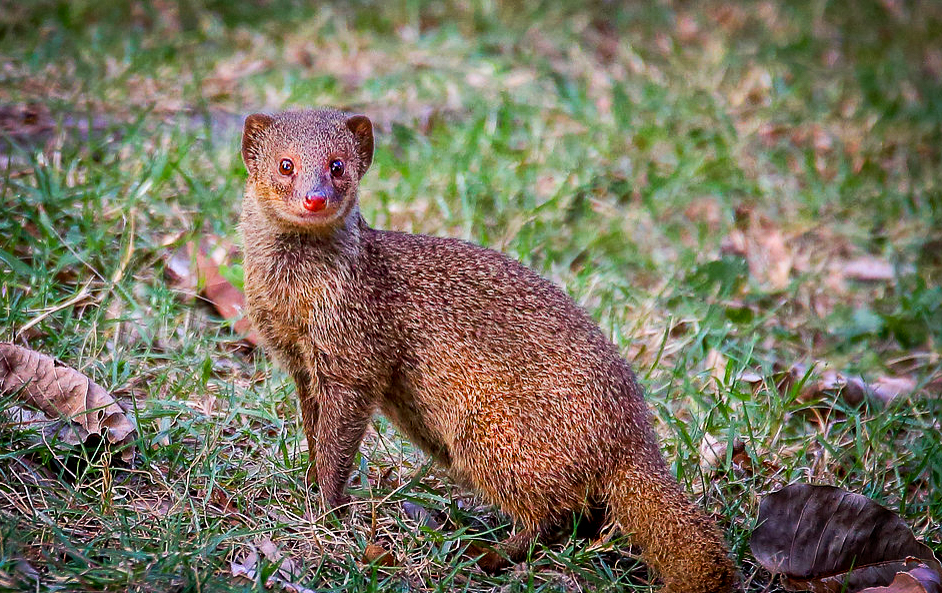
Mongoose
The mongoose is a small, agile carnivorous mammal known for its remarkable ability to fight venomous snakes, such as cobras.
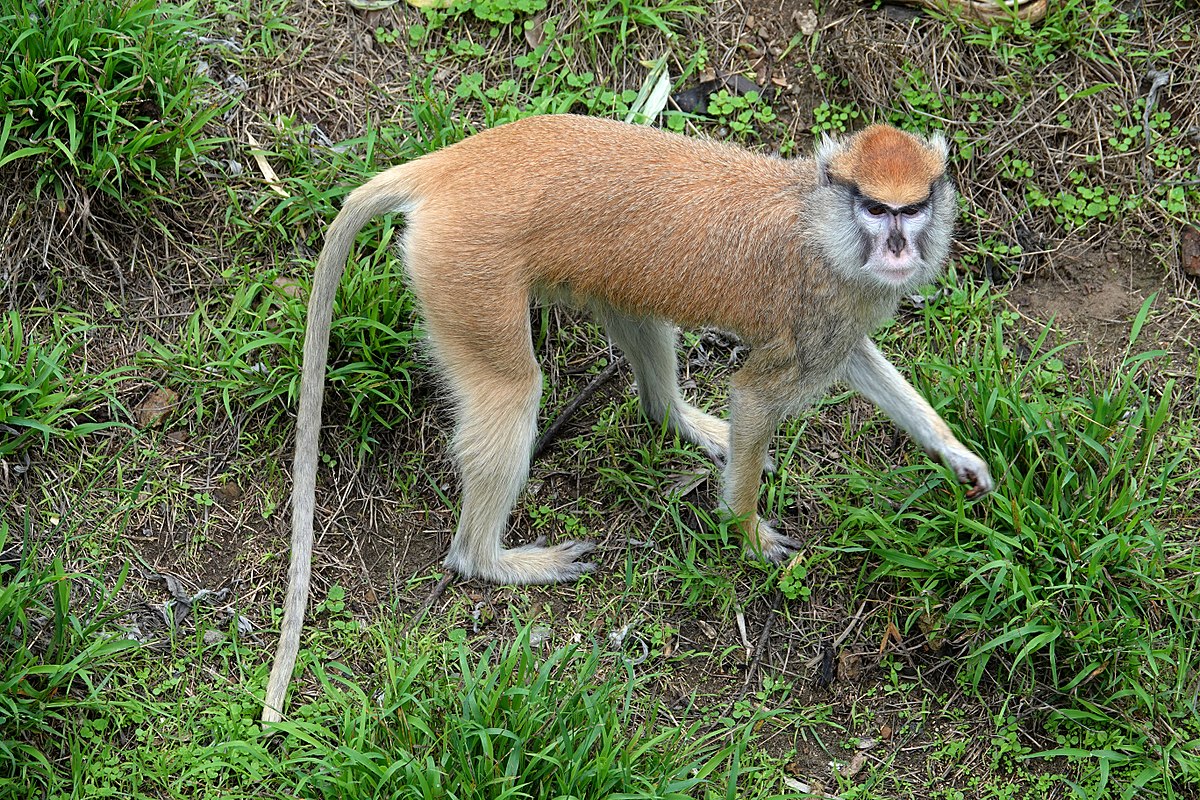
Patas Monkey
The Patas Monkey (Erythrocebus patas) is one of the fastest primates, capable of running up to 55 km/h (34 mph) to escape predators.
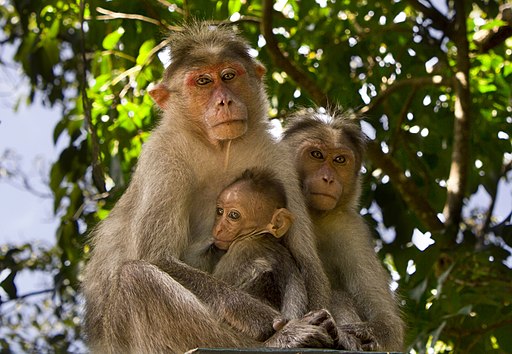
Bonnet Macaque
The Bonnet Macaque (Macaca radiata) is a species of Old World monkey native to southern India. It is named for the tuft of hair on its head, which resembles a bonnet.
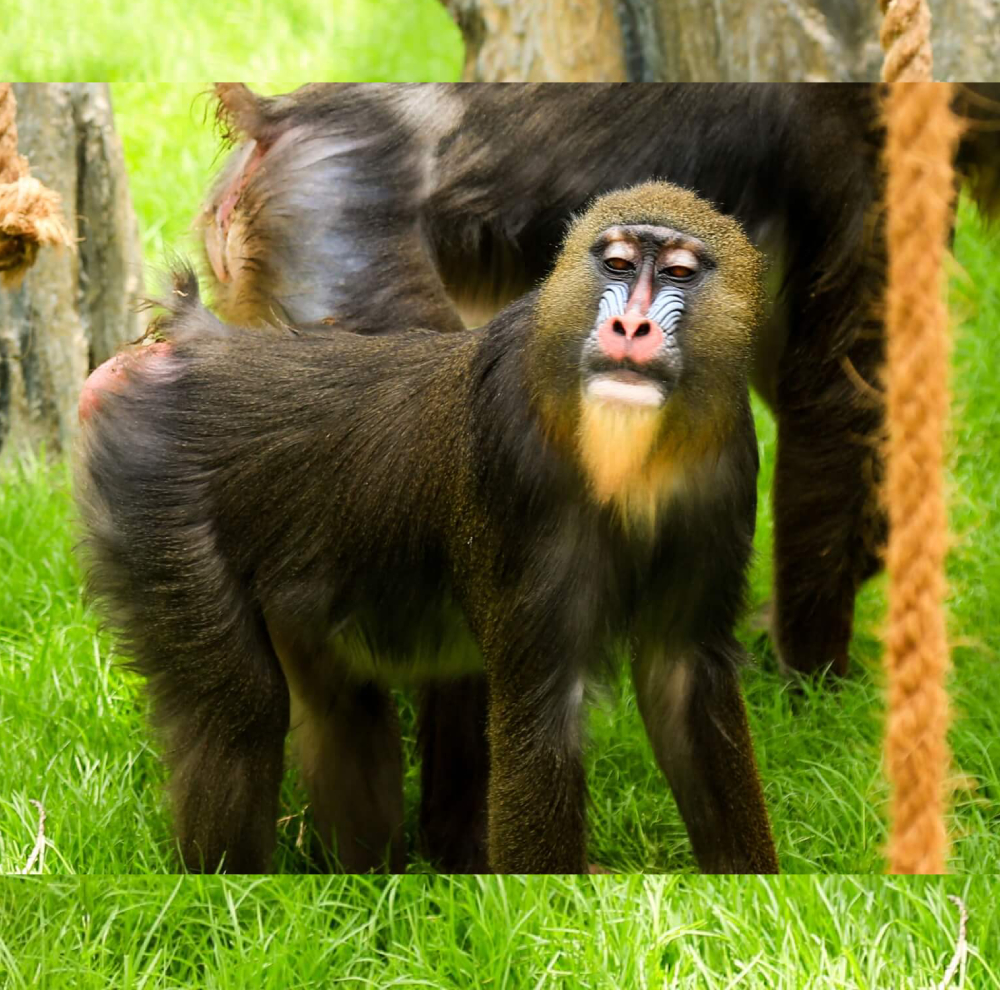
Mandrill
The male mandrill is the largest living monkey. Mandrills live in groups, mostly in a harem structure.
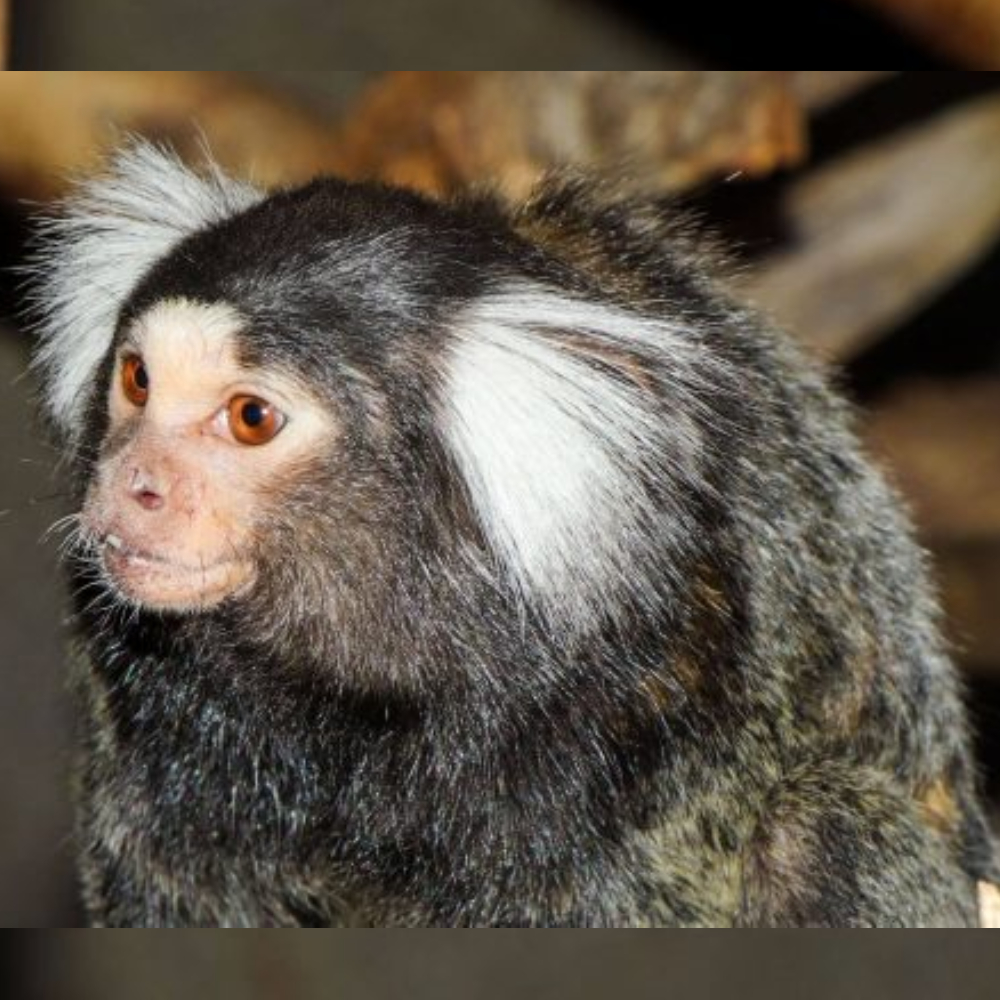
Common Marmoset
Common marmosets are New World primates. These tiny primates live in groups in the canopies of South American Forest and are diurnal.
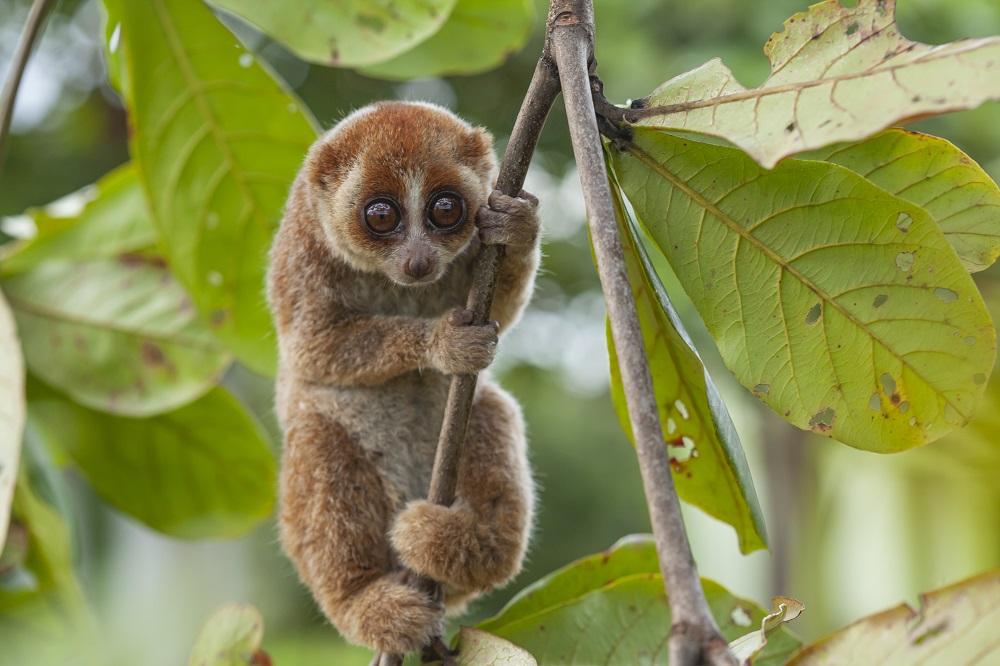
Sunda Slow Loris
Squirrel monkeys have the largest brain-to-body ratio of any primate, including humans! Despite their small size (about 25–35 cm or 10–14 inches in body length, excluding the tail),

South American Fur Seal
These seals have one of the thickest fur coats among marine mammals, with up to 50,000 hairs per square centimeter! Their dense fur helps them stay warm in the cold waters of the South Atlantic and Pacific Oceans,
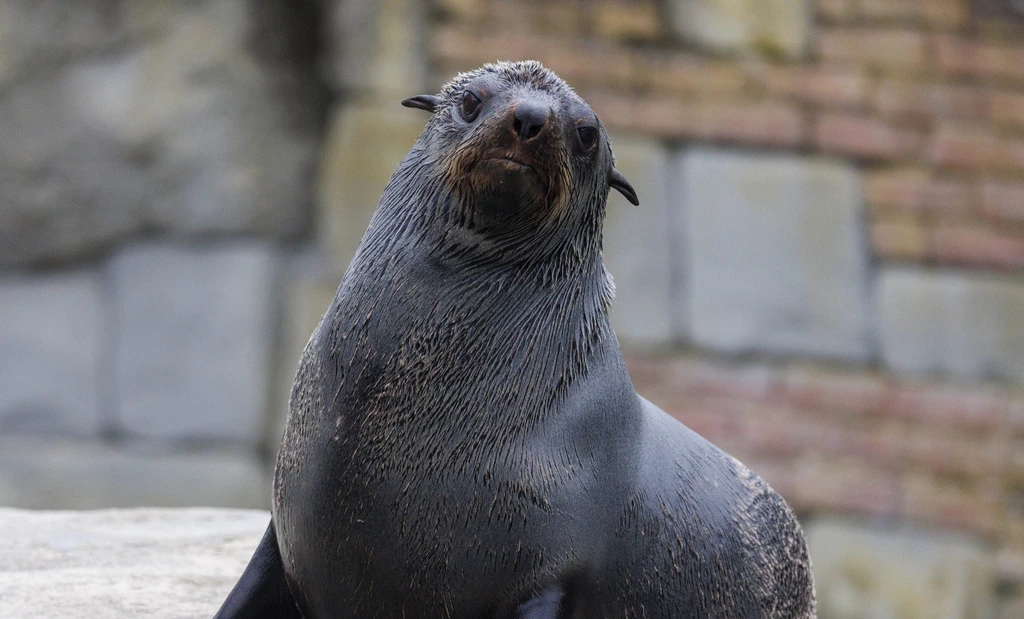
South African Fur Seal
The Patas Monkey (Erythrocebus patas) is one of the fastest primates, capable of running up to 55 km/h (34 mph) to escape predators.
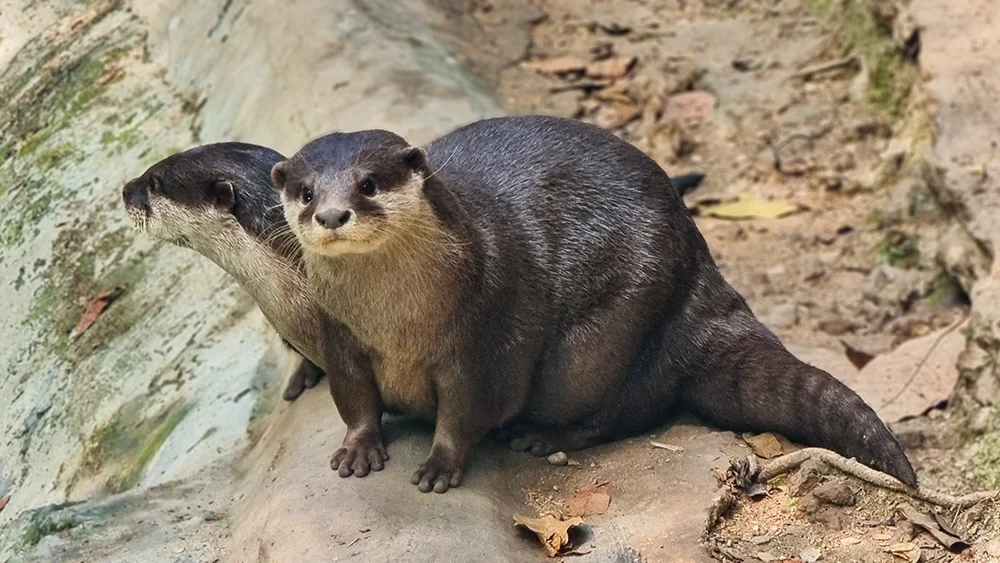
Asian Small-Clawed Otter
It is the smallest otter species in the world, measuring only 45–61 cm (18–24 inches) in body length, excluding the tail. Unlike other otters,
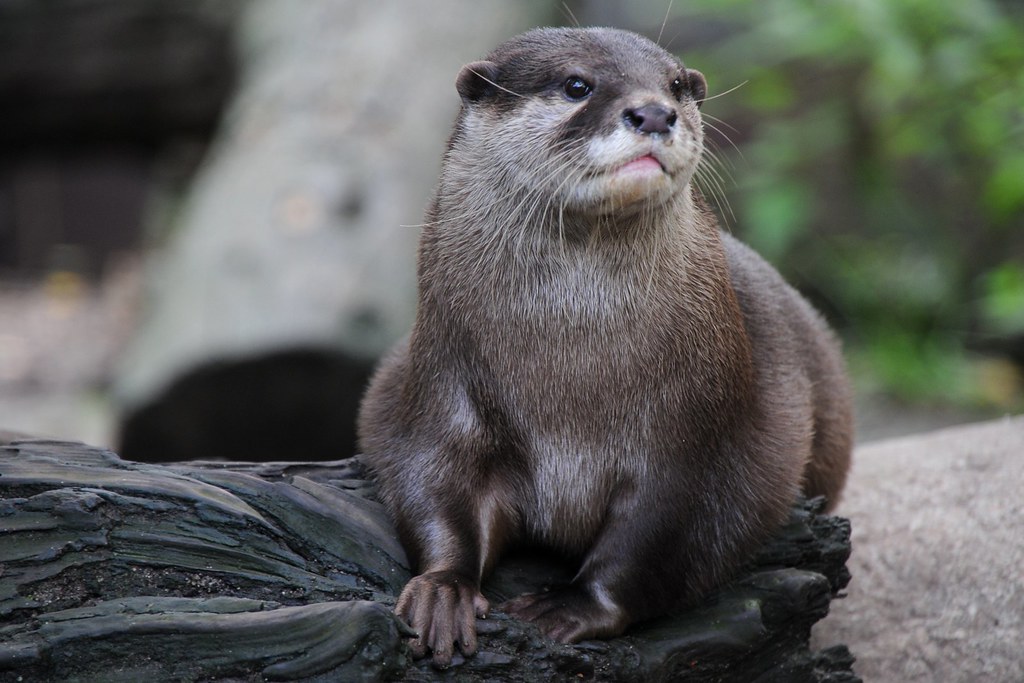
Amblonyx cinereus
The male mandrill is the largest living monkey. Mandrills live in groups, mostly in a harem structure.
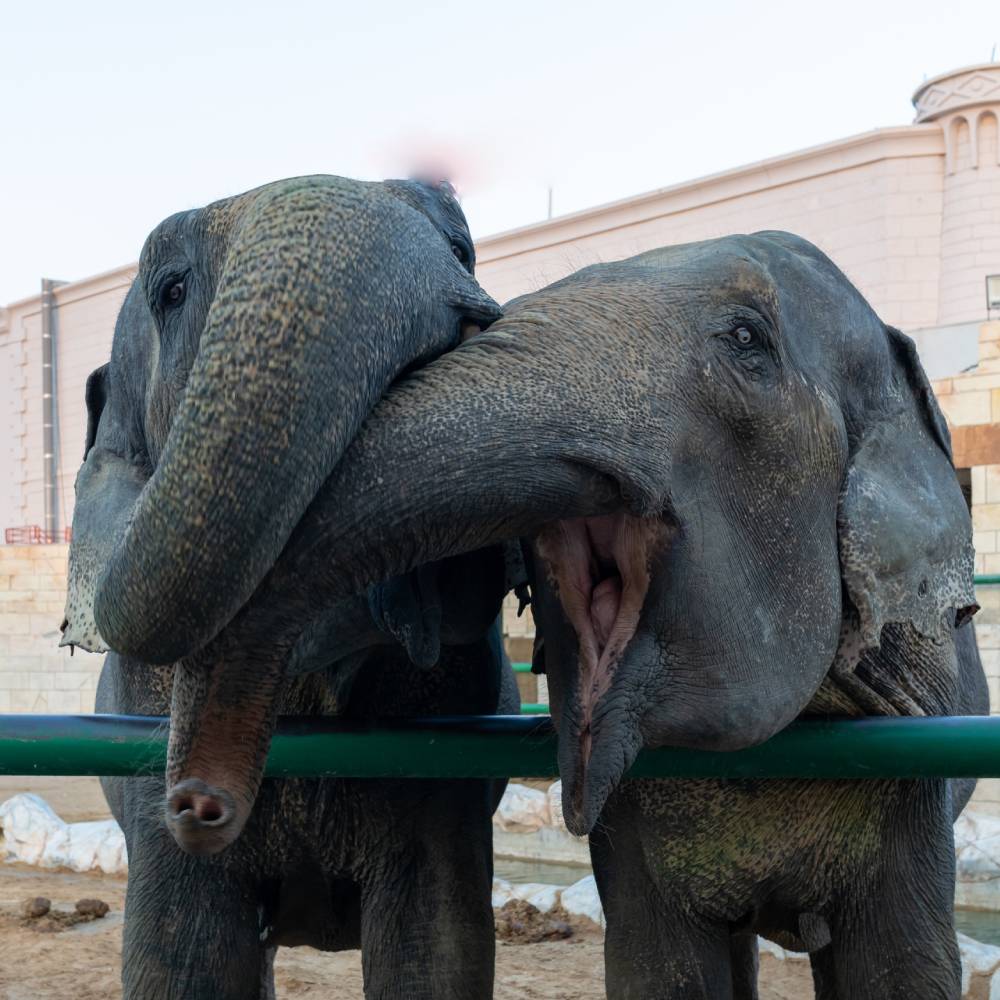
Indian Elephant
Elephants are highly intelligent animals with complex emotions, feelings, compassion and self-awareness.
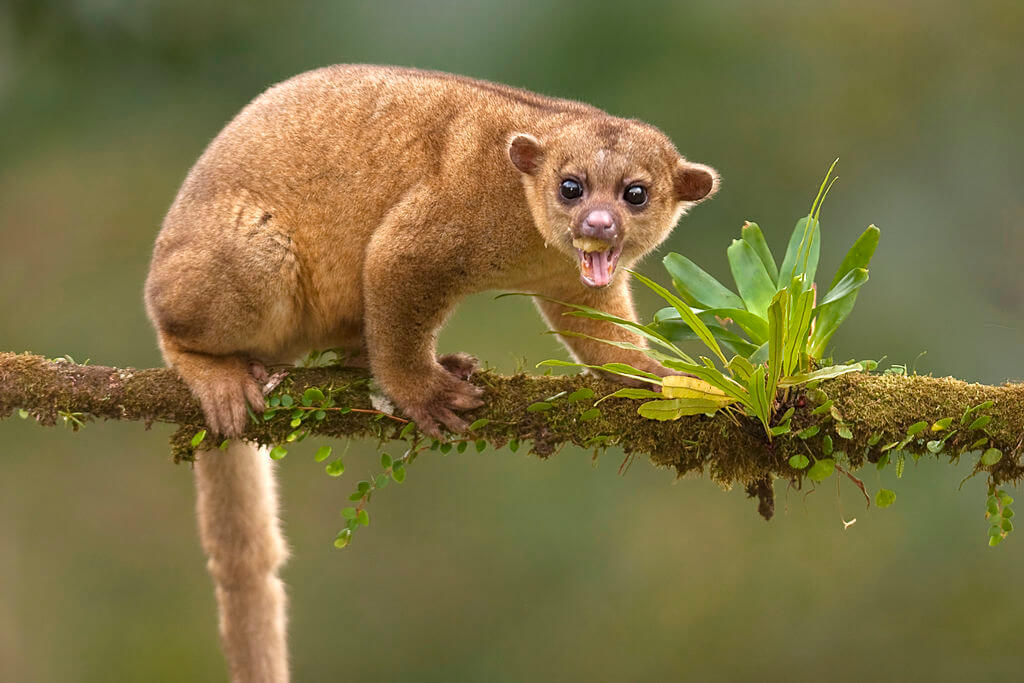
Kinkajou
Kinkajous (Potos flavus) are arboreal mammals native to Central and South America. Despite their bear-like appearance and nickname "honey bear," they are actually related to raccoons.
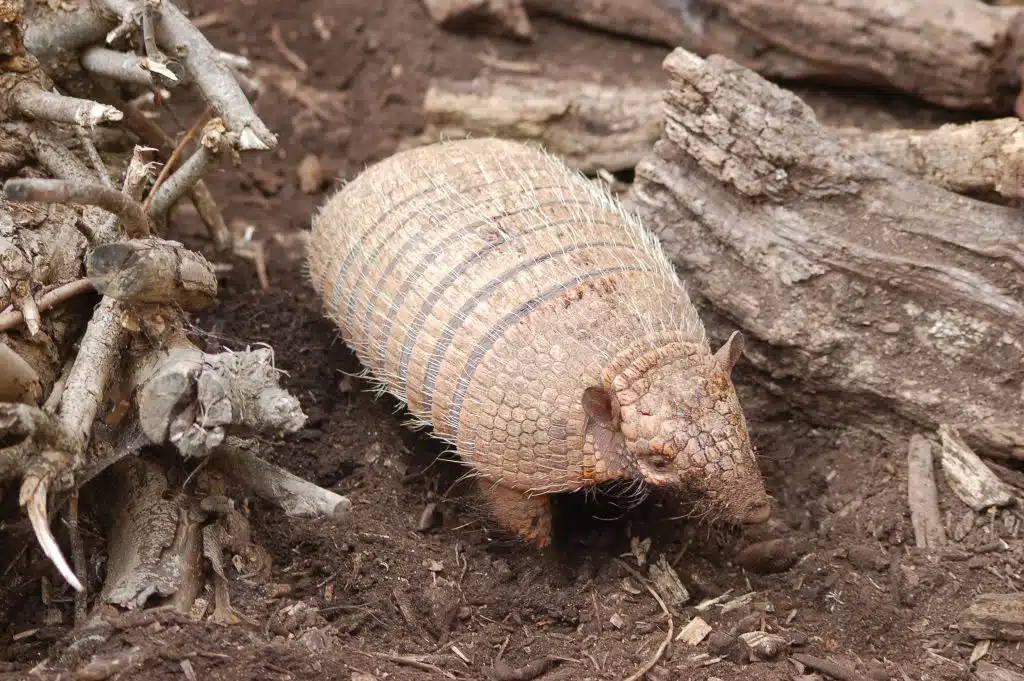
Six Banded Armadillo
Unlike the three-banded armadillo, which can roll into a ball, the six-banded armadillo relies on its tough, bony armor for protection but cannot fully enclose itself.

Sugar Glider
A key fact about sugar gliders is that they have a patagium, a special membrane that stretches from their wrists to their ankles, allowing them to glide up to 50 meters (164 feet) between trees.
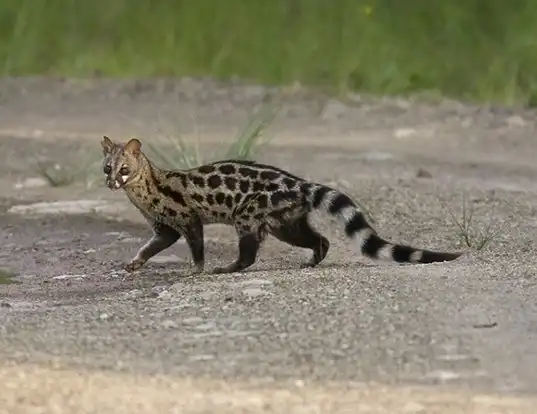
Small Spotted Genet
The Small-Spotted Genet (Genetta genetta) is a slender, cat-like mammal native to Africa but also found in parts of Europe and the Middle East.

Racoon Dog
The Raccoon Dog (Nyctereutes procyonoides) is a unique canid native to East Asia, resembling a raccoon due to its facial markings but unrelated to them.
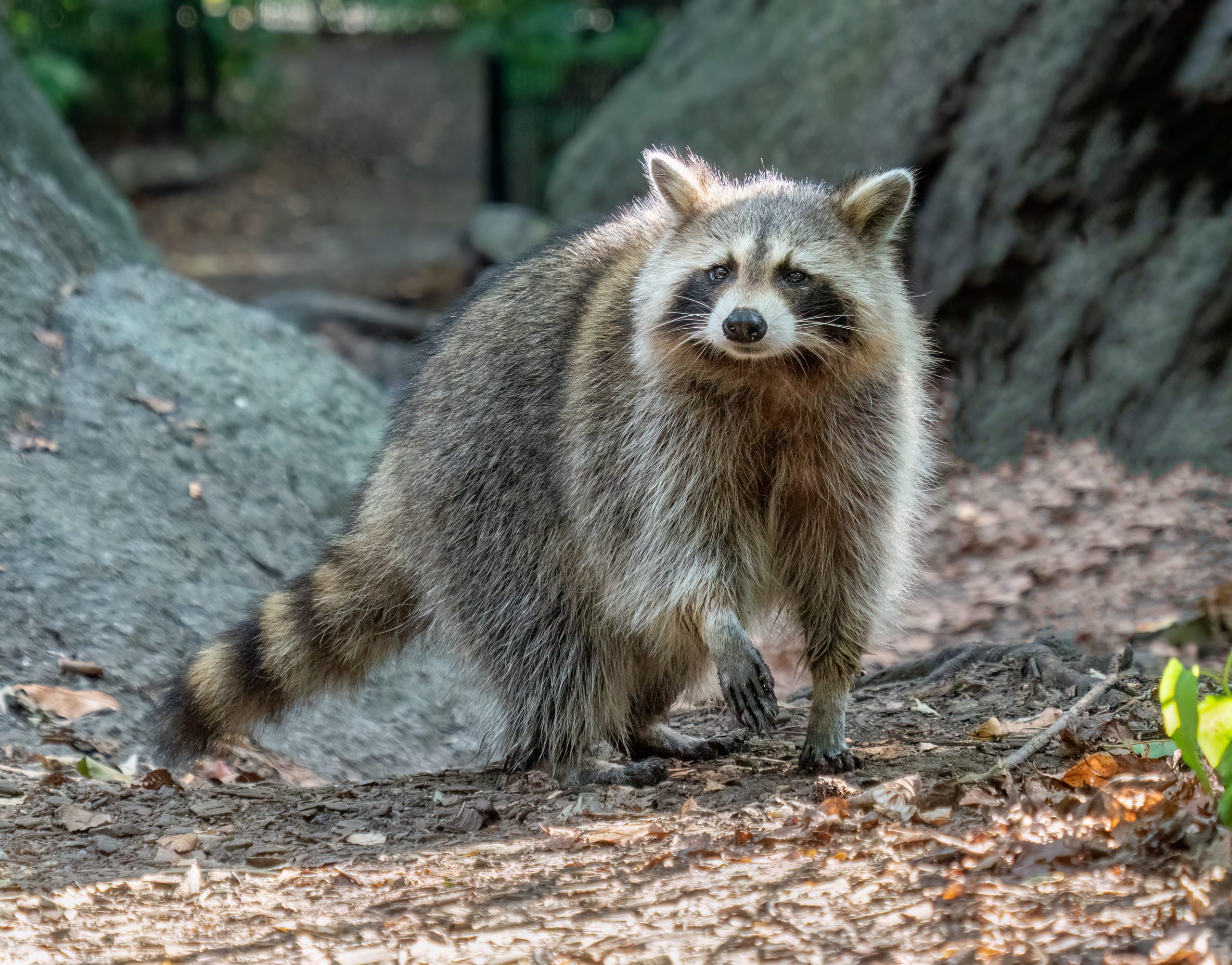
Raccoon
The Raccoon (Procyon lotor) is a highly adaptable mammal native to North America but has spread to parts of Europe and Asia.

Brazilian Tapir
The Brazilian Tapir (Tapirus terrestris), also known as the South American Tapir or Lowland Tapir, is a large, herbivorous mammal native to South America.

Fallow Deer
The Fallow Deer (Dama dama) is a medium-sized deer species native to Europe but introduced to many parts of the world.
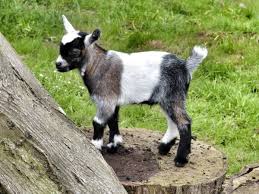
Pygmy goat
The Pygmy Goat (Capra aegagrus hircus) is a small domesticated breed of goat originally from West Africa, now popular worldwide as a pet and farm animal.
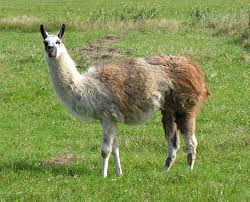
Llama
The Llama (Lama glama) is a domesticated South American camelid, primarily found in the Andes Mountains.
A key fact about llamas is that they are excellent pack animals, capable of carrying loads of up to 25–30% of their body weight over long distances.
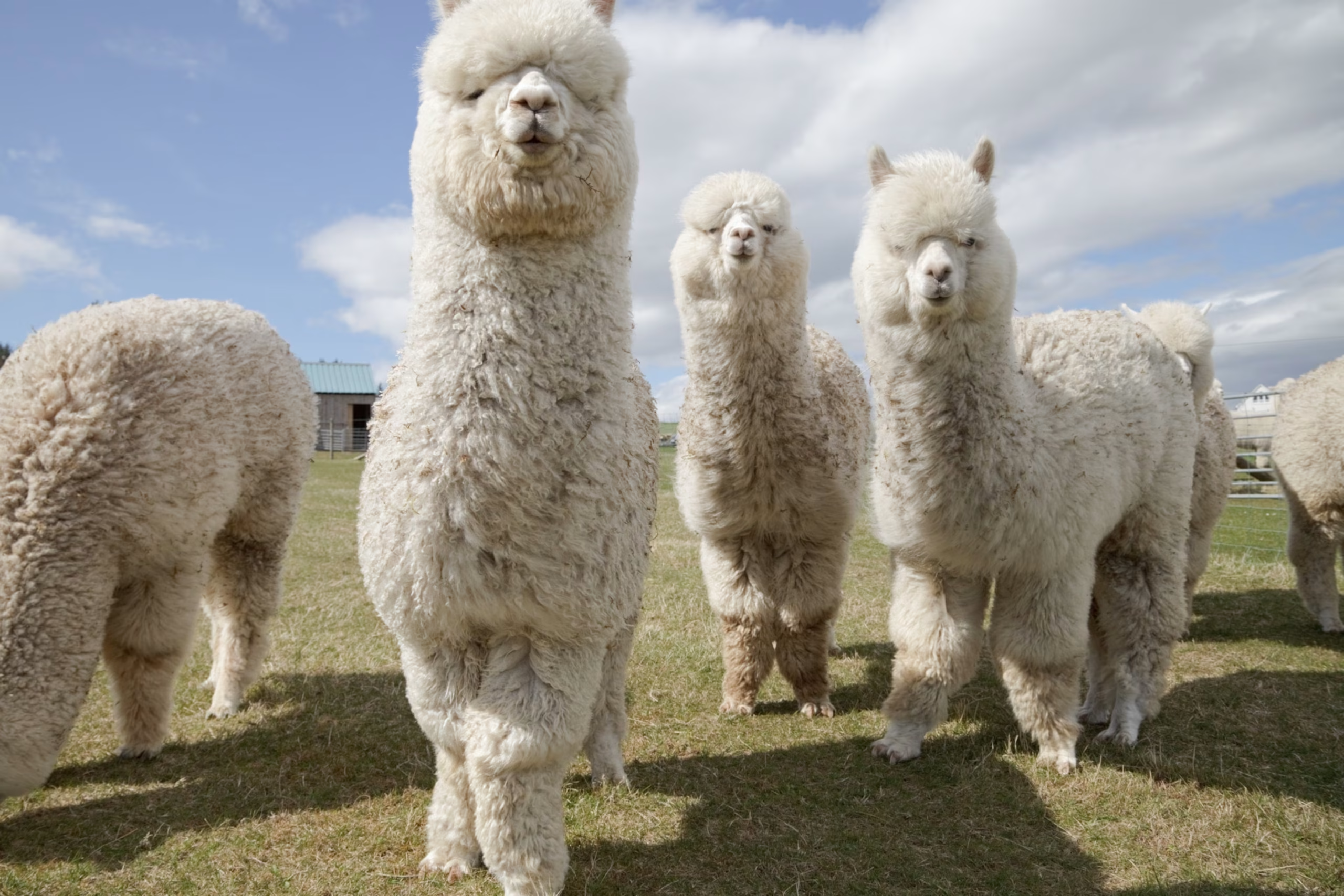
Alpaca
The Alpaca (Vicugna pacos) is a domesticated South American camelid, closely related to the llama but smaller in size.
A key fact about alpacas is that they are primarily bred for their soft, luxurious fleece,
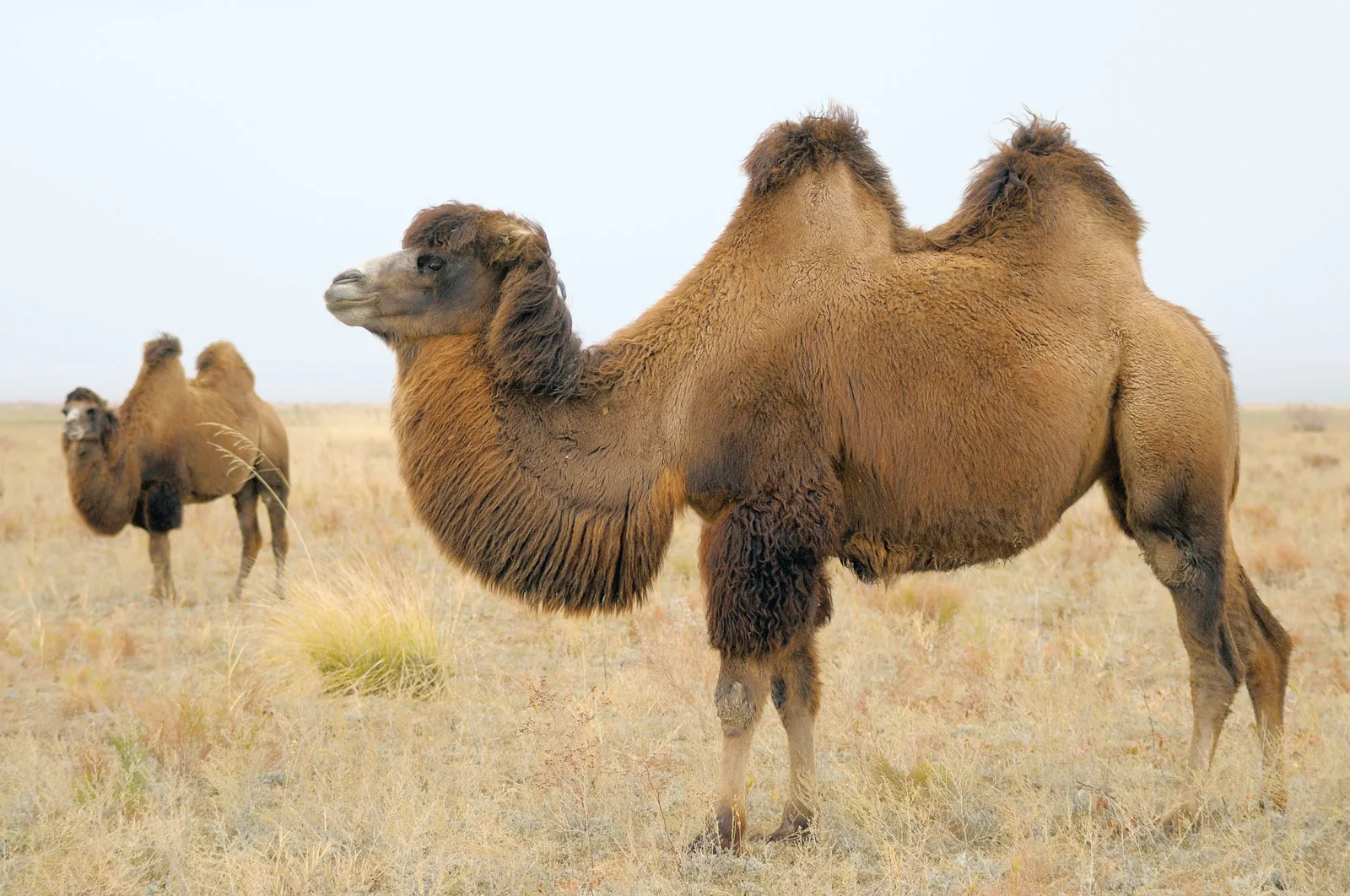
Bactrian Camel
The Bactrian Camel (Camelus bactrianus) is a large, hardy mammal native to Central Asia, distinguished by its two humps (unlike the single-humped dromedary camel).
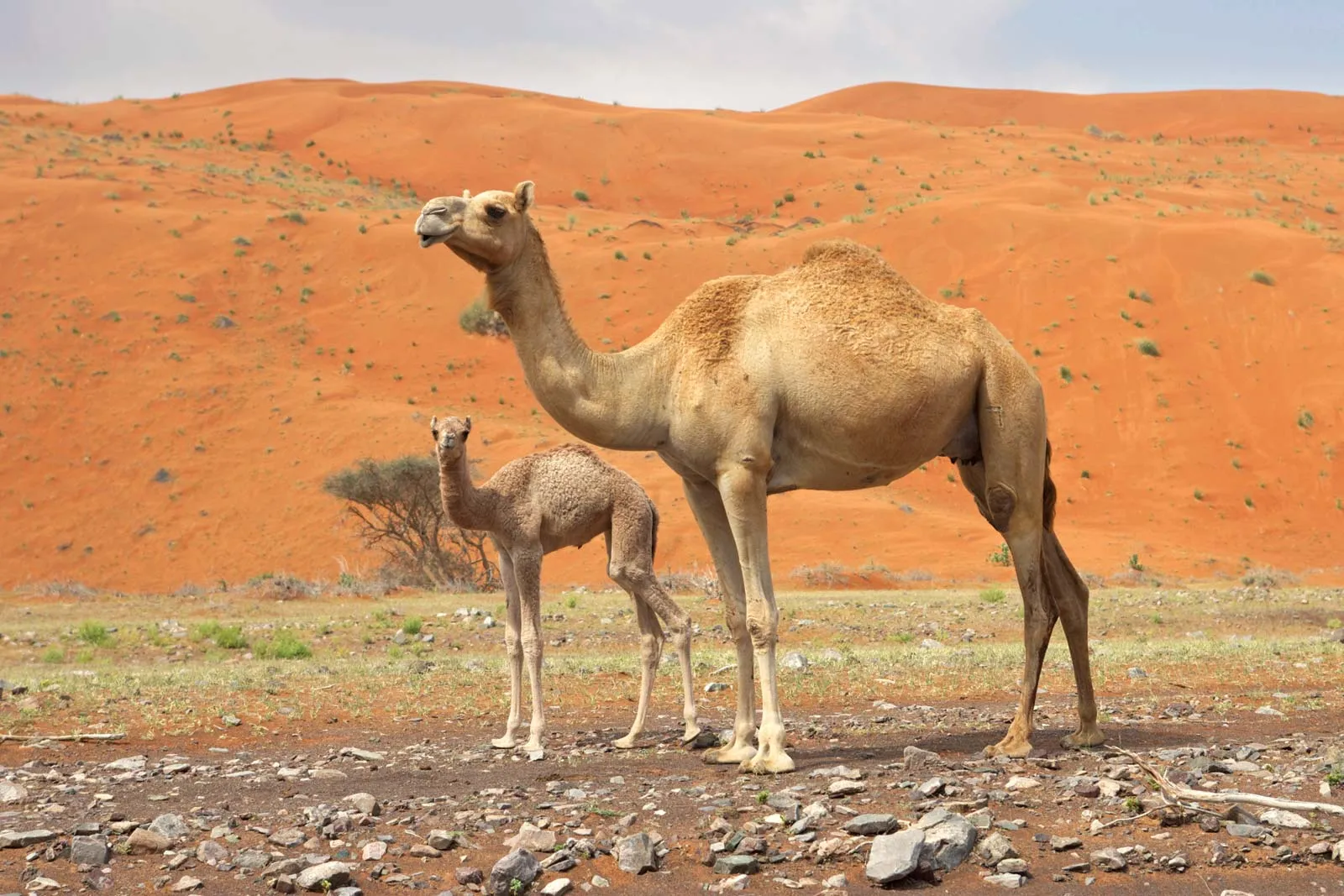
Dromedary Camel
The Dromedary Camel (Camelus dromedarius) is a large, domesticated camel species native to the Middle East and the Horn of Africa, known for having a single hump.
A key fact about dromedary camels is that they are highly adapted to hot, dry environments and can survive for long periods without water, thanks to their ability to conserve water and regulate body temperature.

Grants Zebra
The Grant's Zebra (Equus quagga boehmi) is a subspecies of the plains zebra found primarily in East Africa, particularly in Kenya and Tanzania.
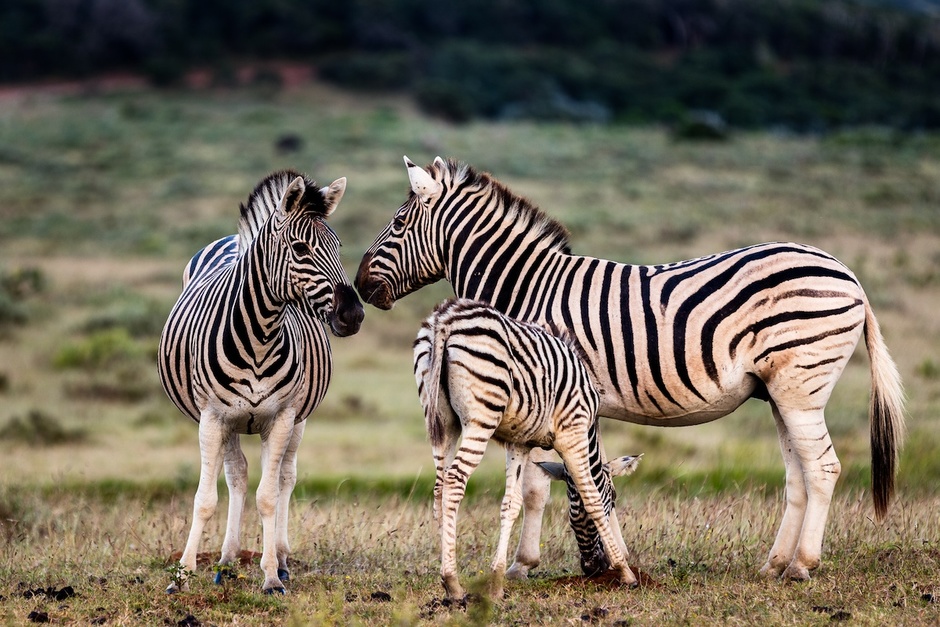
Plains Zebra
The Plains Zebra (Equus quagga) is the most common and widespread zebra species, found across grasslands and savannas of eastern and southern Africa.
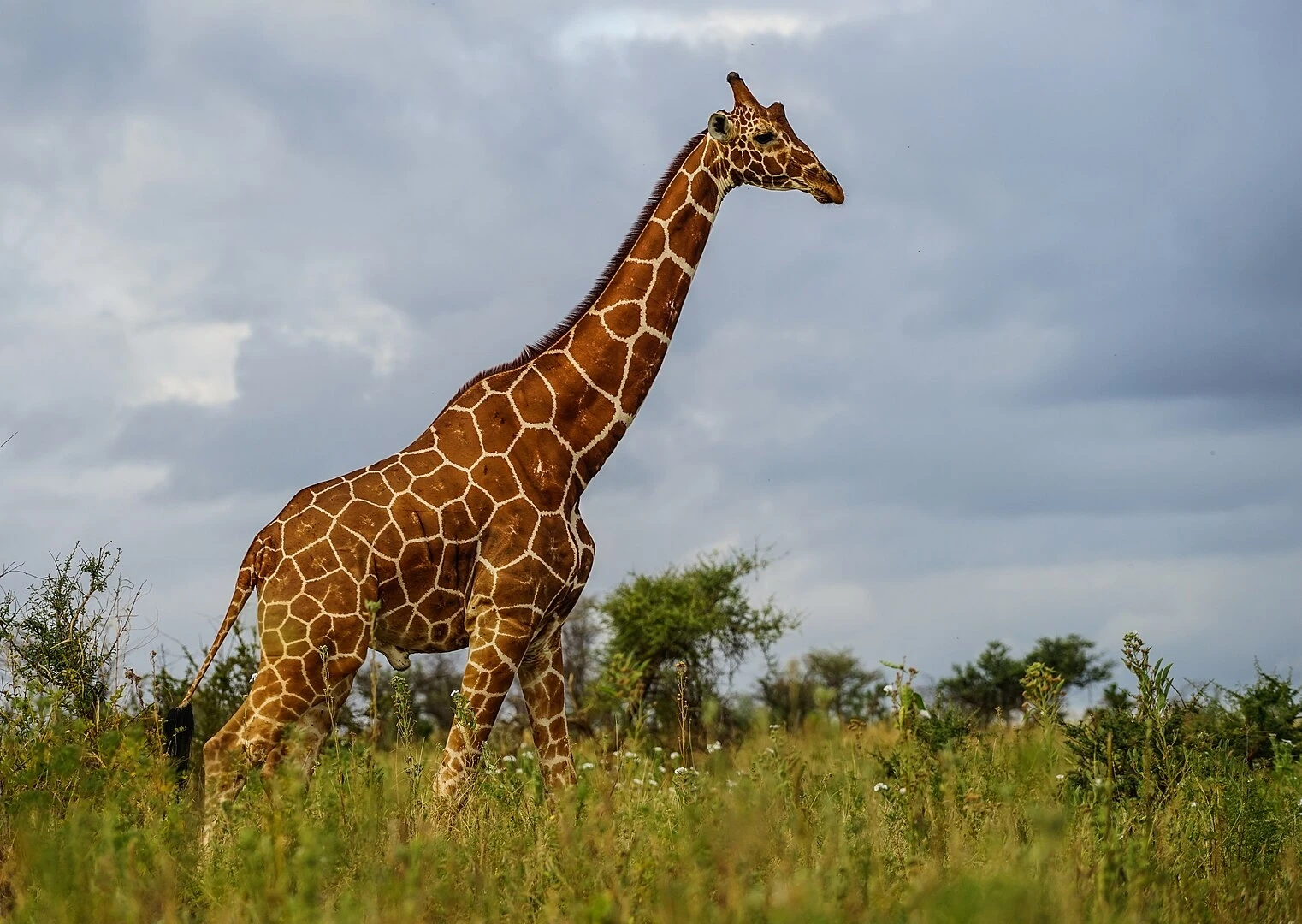
Reticulated Giraffe
The Llama (Lama glama) is a domesticated South American camelid, primarily found in the Andes Mountains.
A key fact about llamas is that they are excellent pack animals, capable of carrying loads of up to 25–30% of their body weight over long distances.

South African Giraffe
The South African Giraffe (Giraffa giraffa) is a subspecies of giraffe found in southern regions of Africa, primarily in South Africa, Namibia, Botswana, and Zimbabwe.
A key fact about the South African giraffe is that it has large, irregular patches of brown with fewer and more jagged edges compared to other giraffe subspecies.
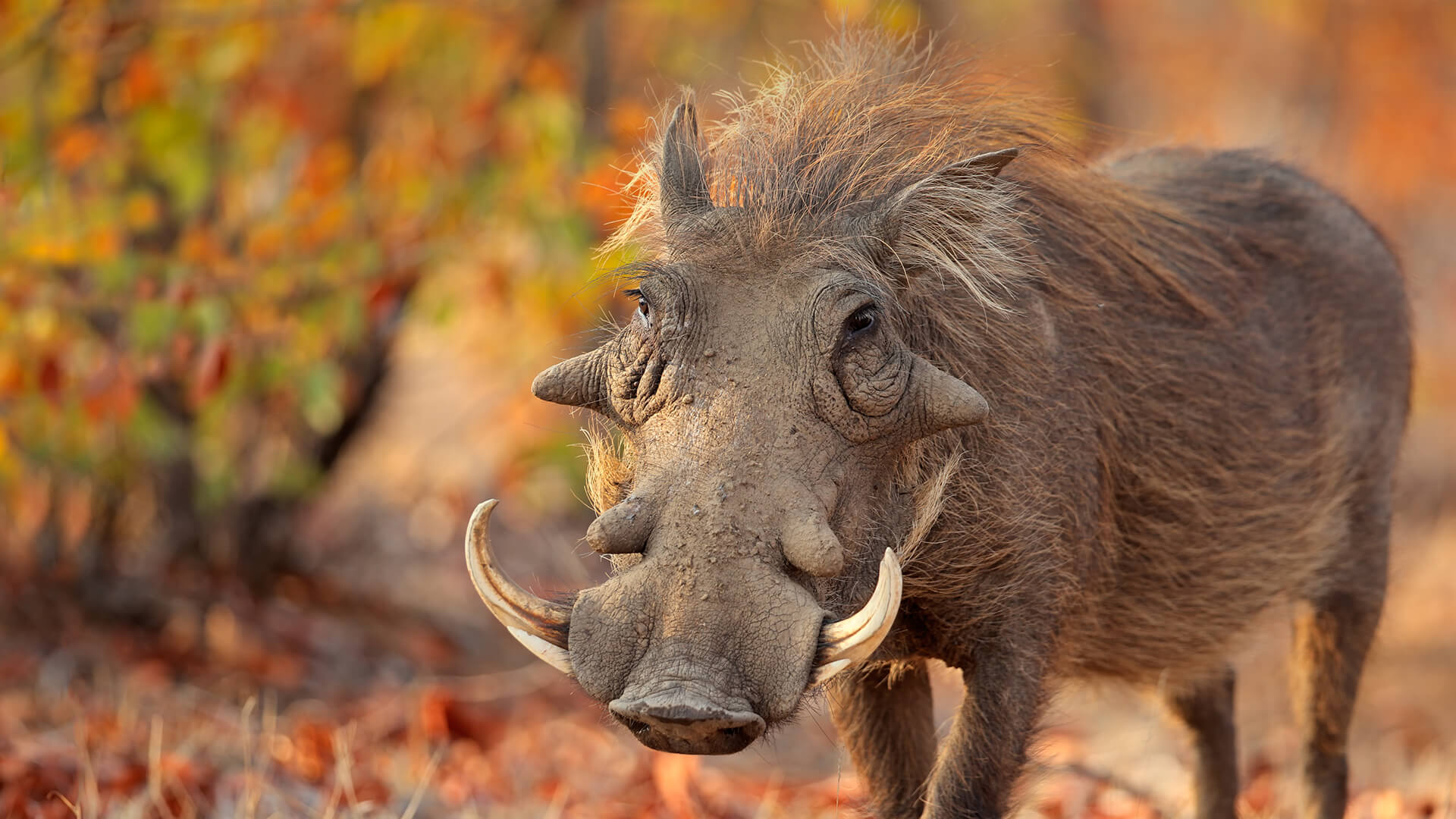
Common Warthog
The Bactrian Camel (Camelus bactrianus) is a large, hardy mammal native to Central Asia, distinguished by its two humps (unlike the single-humped dromedary camel).
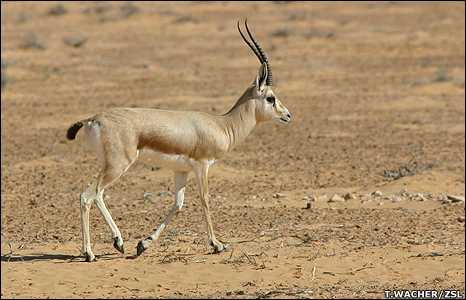
Rhim Gazelle
The Rhim Gazelle (Gazella leptoceros), also known as the Dama Gazelle, is a species of gazelle native to the deserts of North Africa, particularly in countries like Tunisia, Morocco, and Algeria.
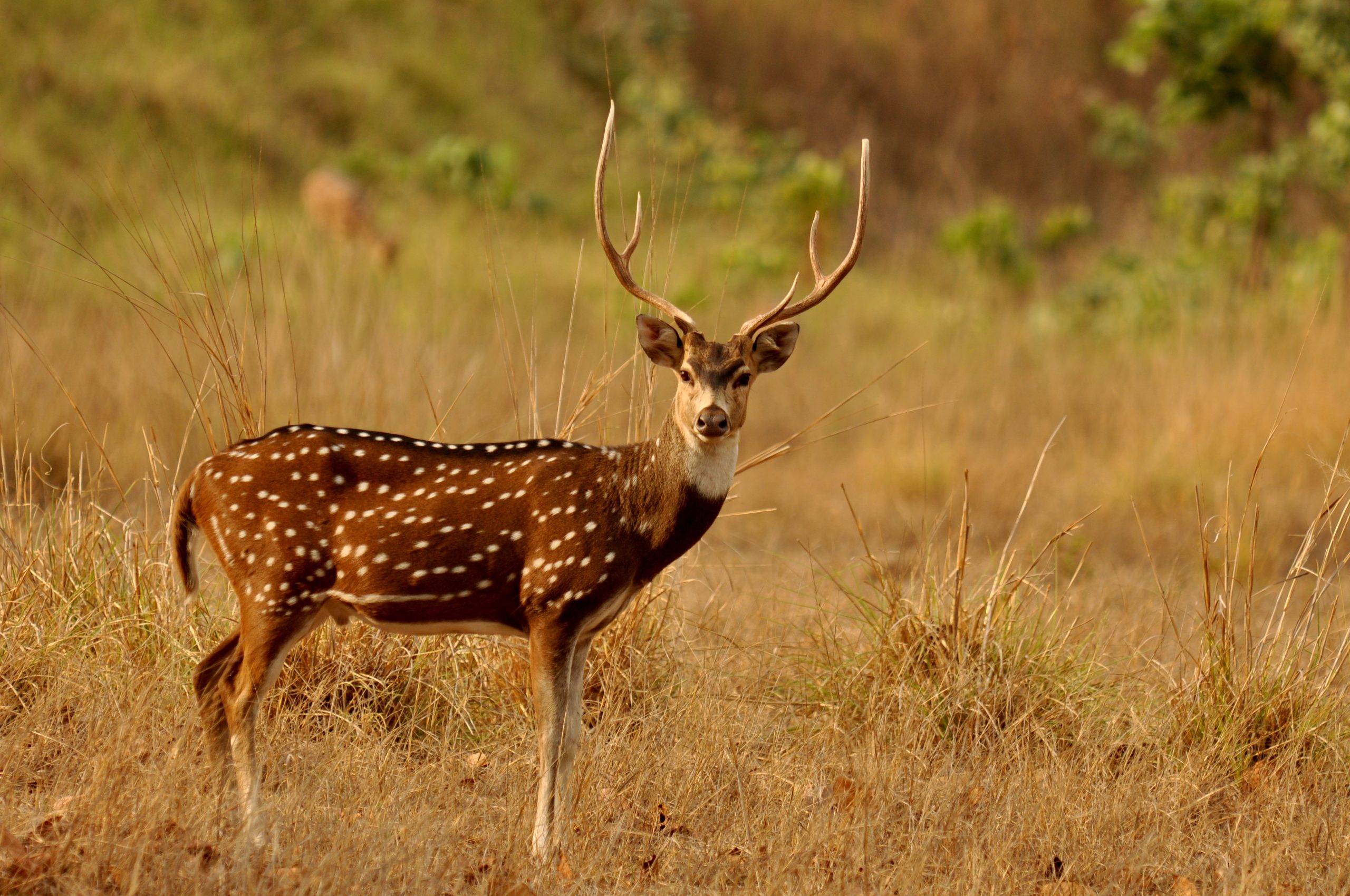
Axis Deer
The Axis Deer (Axis axis), also known as the Chital, is a species of deer native to the Indian subcontinent but has also been introduced to other parts of the world.

Indian Black Buck
The Indian Blackbuck (Antilope cervicapra) is a striking species of antelope native to the Indian subcontinent. A key fact about the Indian Blackbuck is its pronounced sexual dimorphism: males feature a dark, nearly black coat with long,
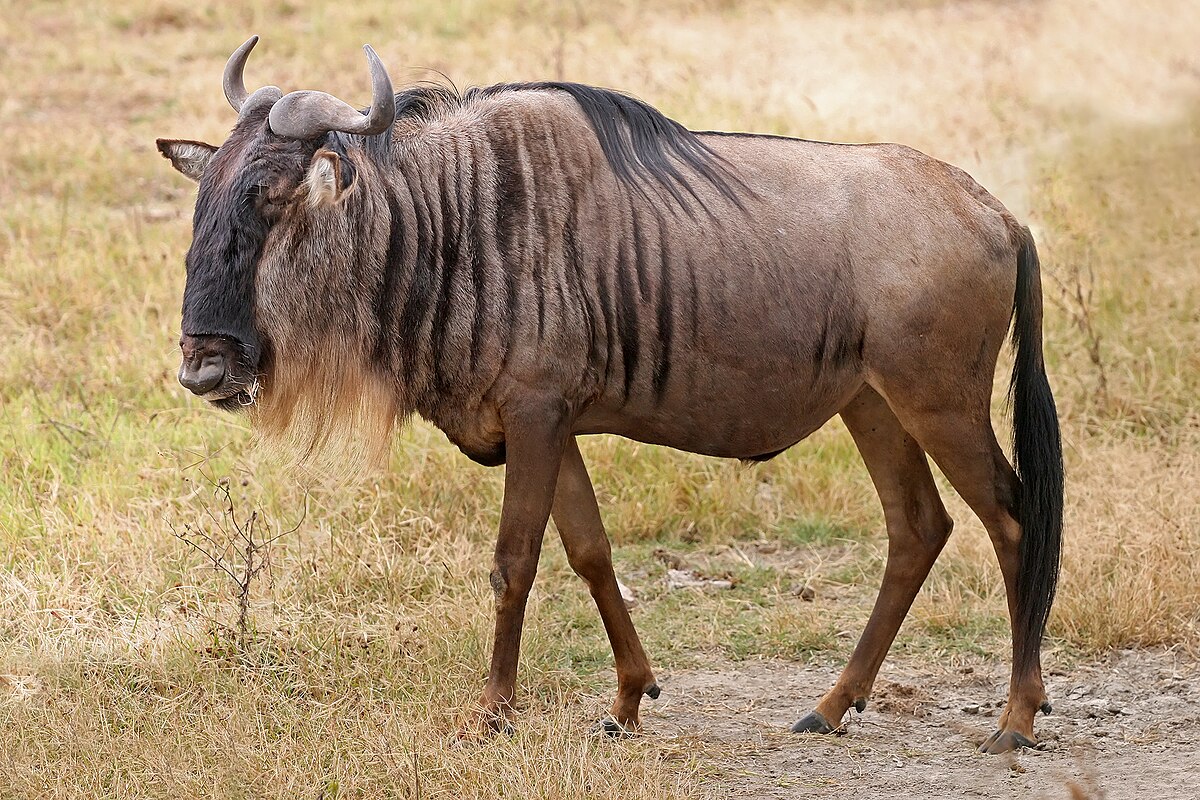
Blue Wildebeest
The Blue Wildebeest (Connochaetes taurinus) is a striking antelope native to the grasslands and savannas of sub-Saharan Africa. A key fact about the Blue Wildebeest is its spectacular annual migration across the Serengeti ecosystem,
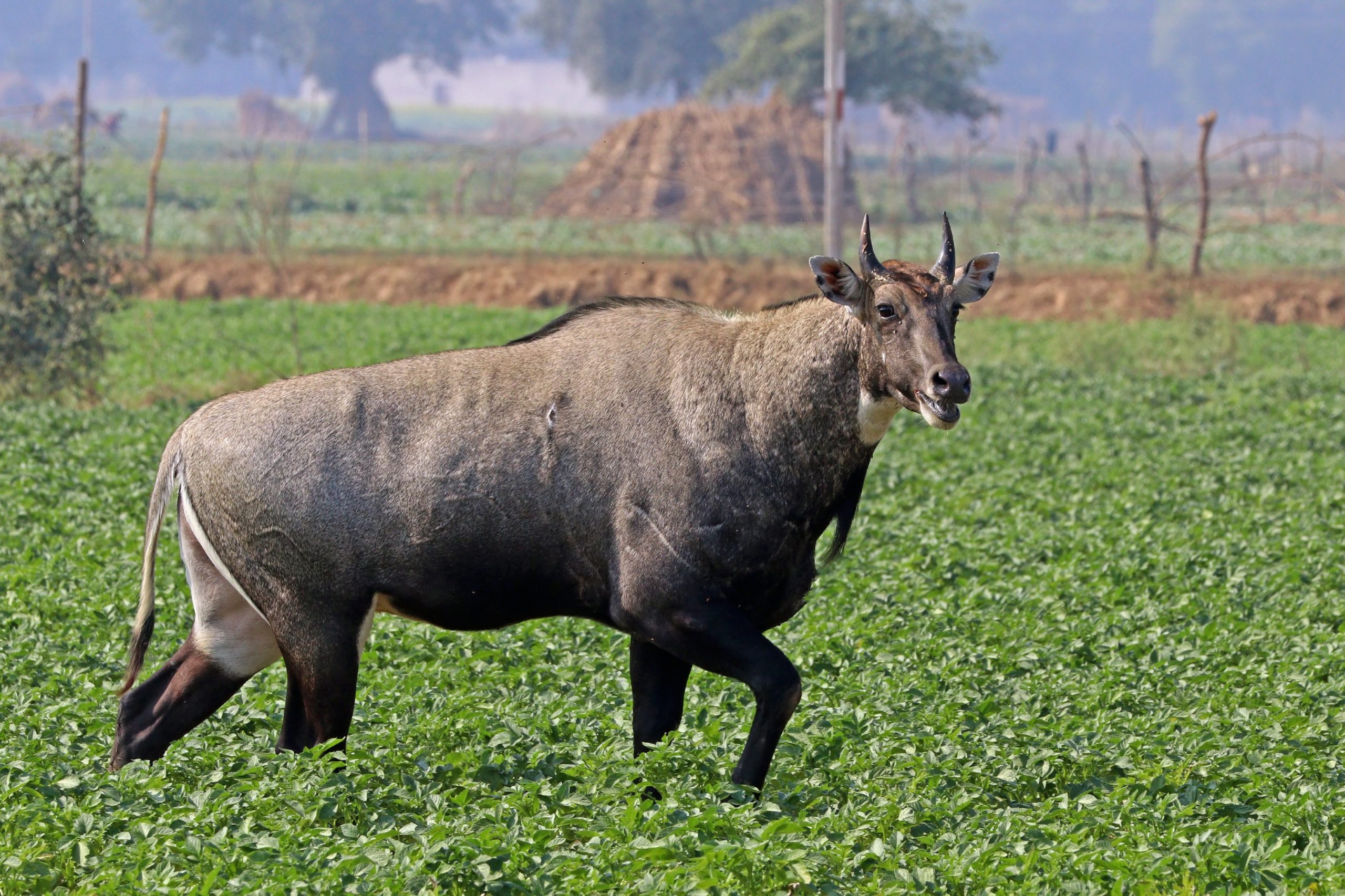
Nilgai- Blue Cows
The Common Eland (Taurotragus oryx) is the largest antelope in Africa. A key fact about the Common Eland is its remarkable adaptability to harsh, arid, and semi-arid environments.
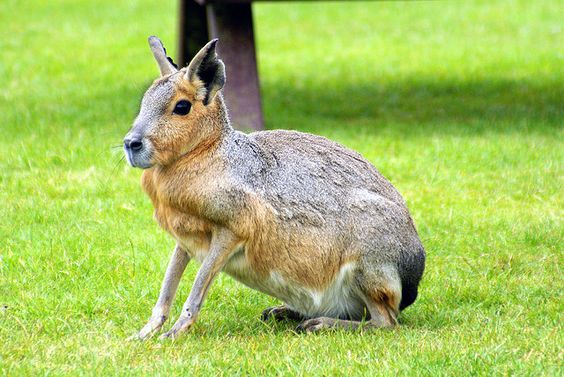
Patagonian Mara
The Patagonian Mara (Dolichotis patagonum) is a large rodent native to the arid and semi-arid regions of Patagonia in Argentina.
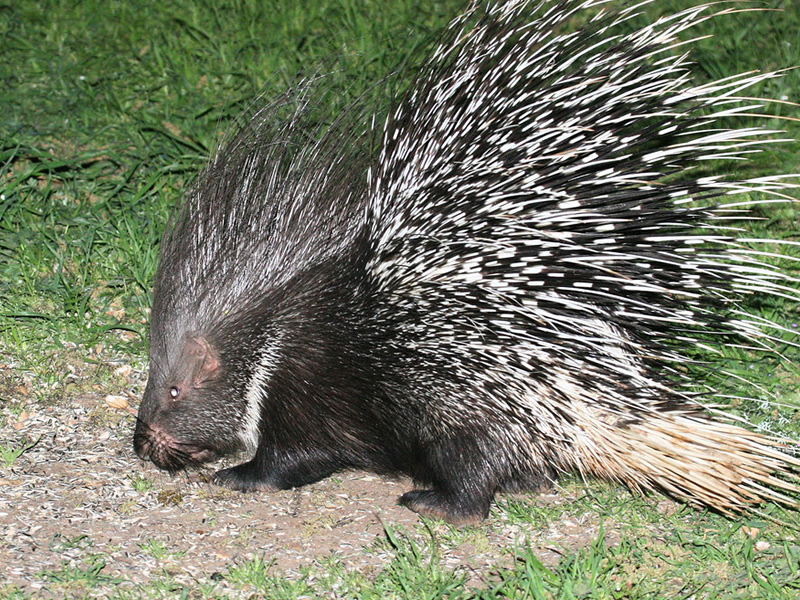
Indian Crested Porcupine
The Indian Crested Porcupine (Hystrix indica) is a large rodent native to South Asia, including regions in India, Pakistan, and Sri Lanka.
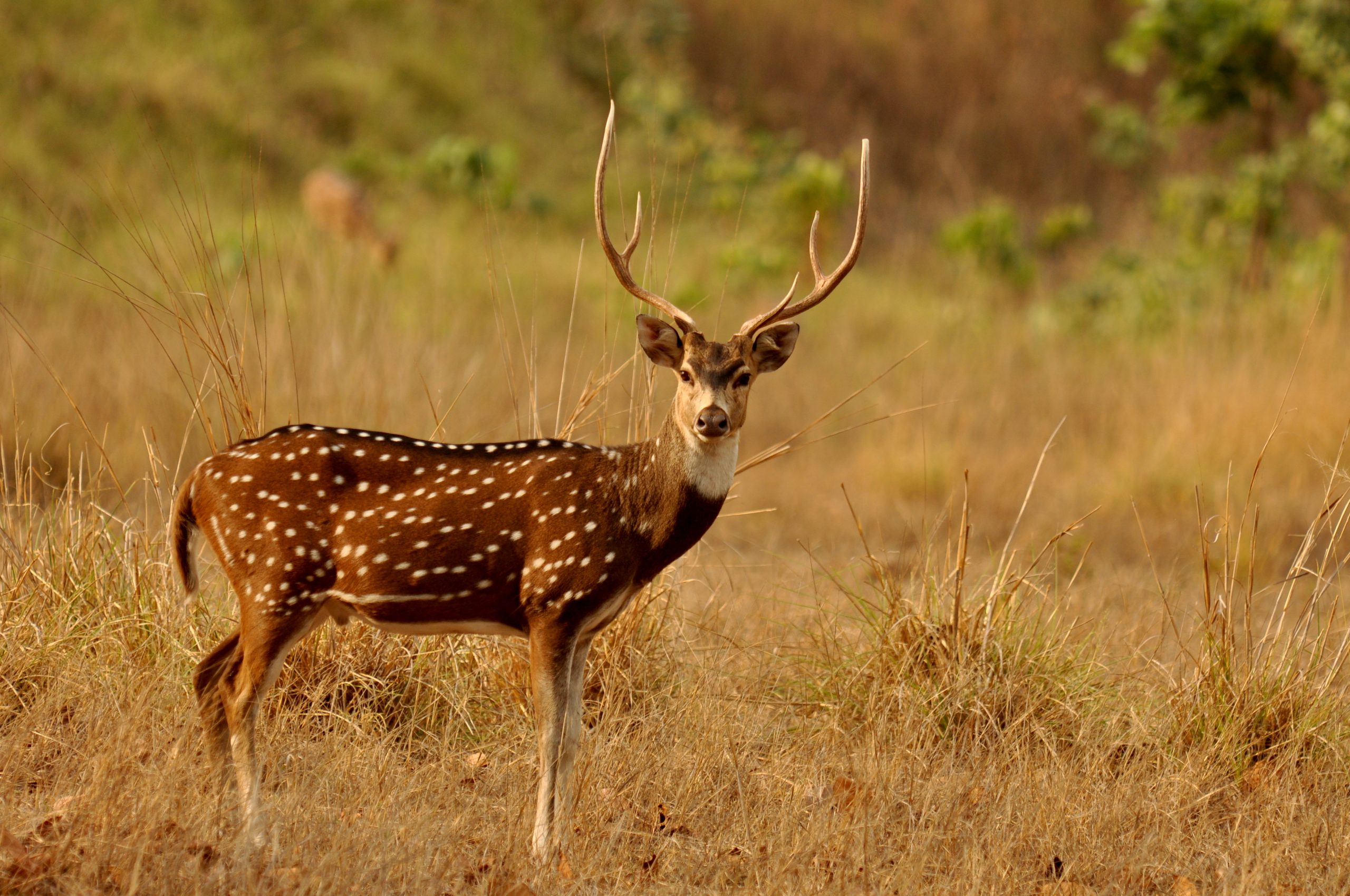
Axis Deer
The Axis Deer (Axis axis), also known as the Chital, is a species of deer native to the Indian subcontinent but has also been introduced to other parts of the world.
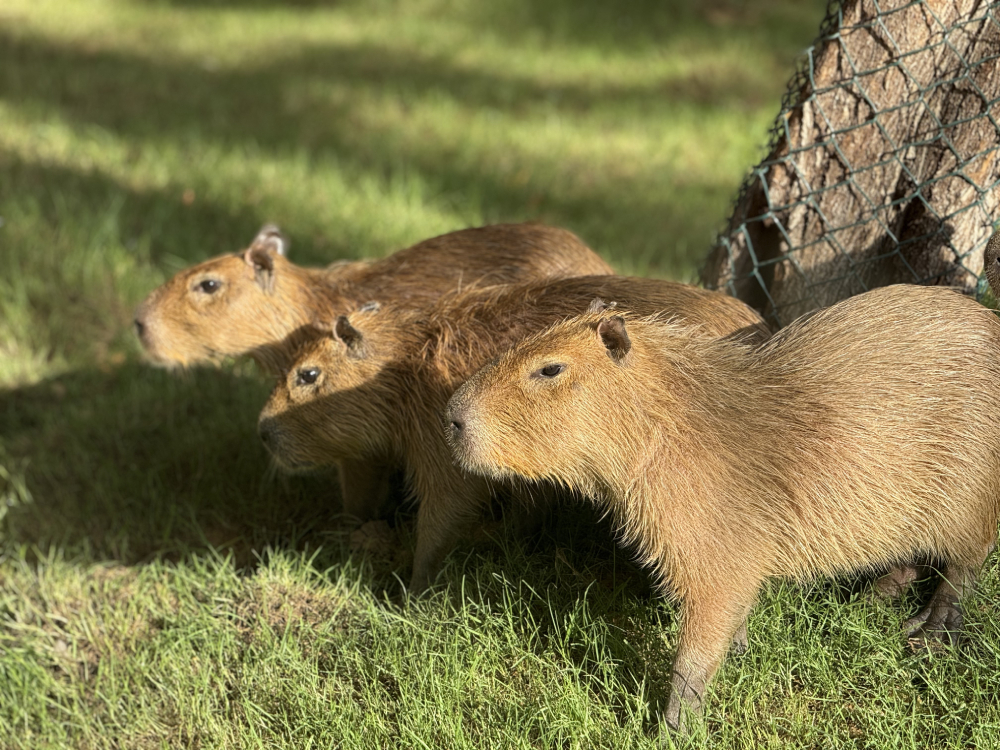
Capybara
Capybaras are the world’s largest rodents, weighing up to 140 pounds (65 kg) and measuring up to 4.3 feet (1.3 meters) in length.
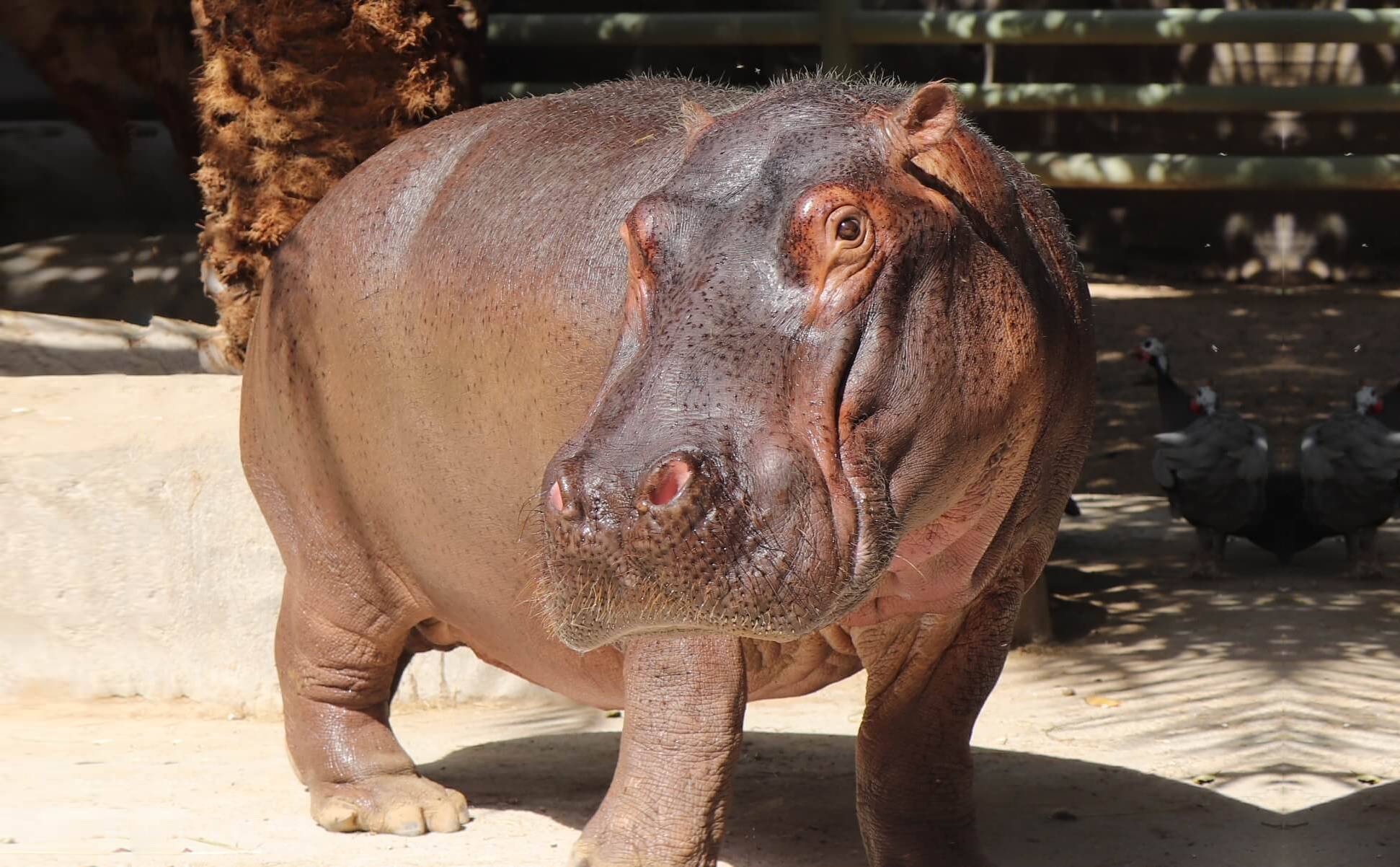
Hippopotamus
Did you know that the “hippopotamus” means “river horse” in Greek? These massive mammals can weigh up to 4000 kg and are considered the third-largest land animal.
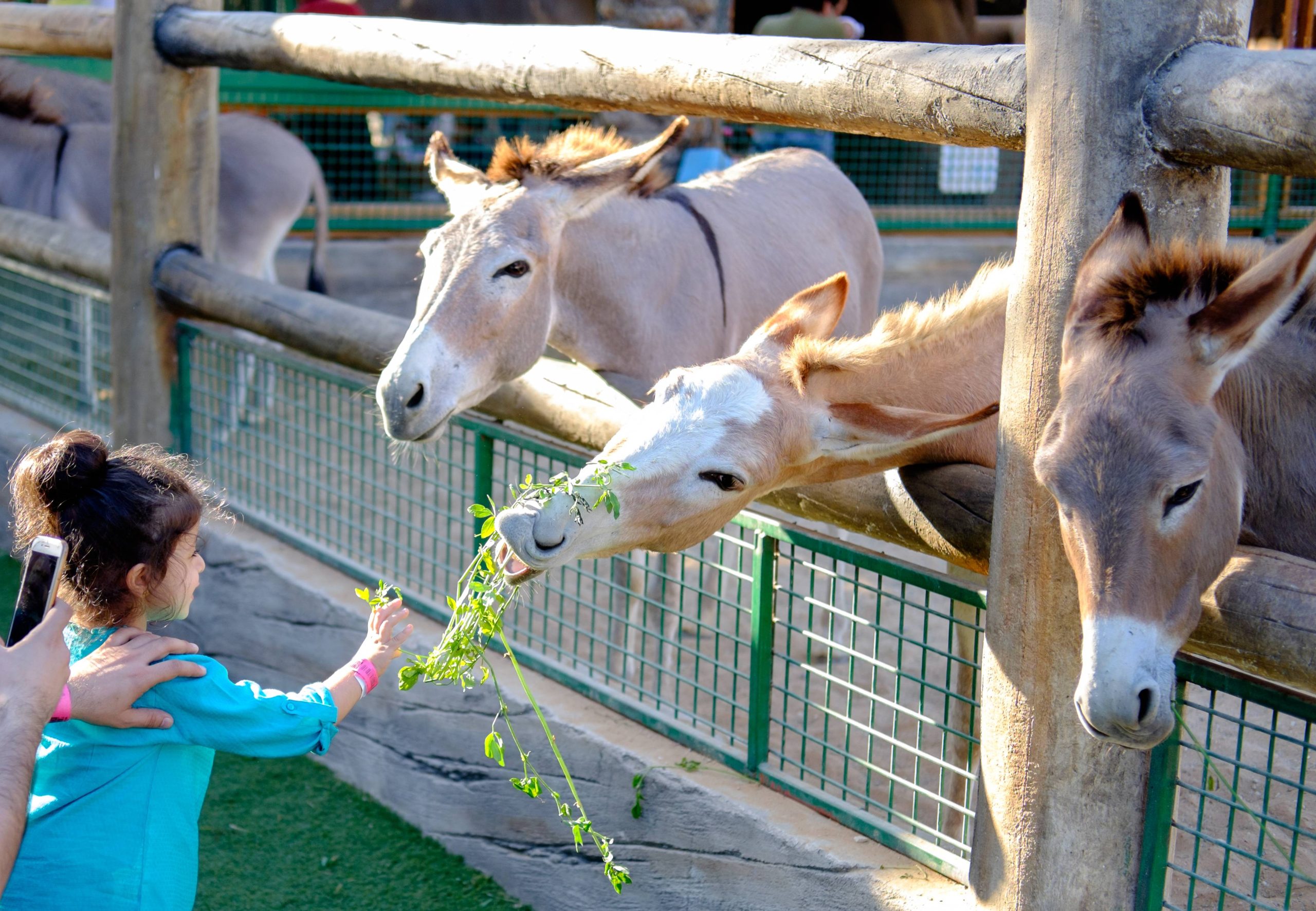
Donkey
Donkeys, also known as burros or asses, are fascinating creatures with a long history of domestication.
Location: 12th Street, Al Bahyah, Abu Dhabi, UAE
Phone: +971 2 501 0000
Email: info@emiratespark.ae
Openning hours: 9:00 AM - 9:00 PM
